


































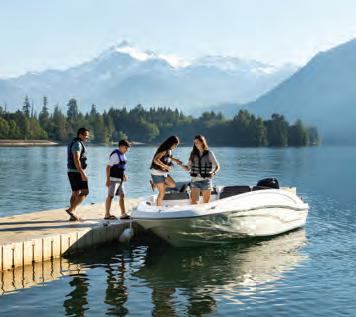






Embarking on the open water is an exhilarating experience, flled with the promise of adventure and relaxation. Whether you’re a seasoned sailor or a weekend cruiser, protecting your vessel with proper insurance is not just a choice—it’s a necessity. Explore the reasons why every boat owner should prioritize boat insurance for a worry-free voyage.
The open water can be unpredictable, with unexpected storms, collisions, or other potential accidents. Boat insurance can give you fnancial protection if there is damage to your vessel, providing coverage for repairs or replacement.
Accidents on the water can result in damage to other boats, docks, or even injuries to passengers. Boat insurance offers liability coverage, which can pay for damages or injuries you’re liable for while boating, up to specifed limits, and lawsuit costs if you’re sued. This includes damage you cause to another watercraft or if someone on or near your boat is injured and you’re found to be legally responsible.
Unfortunately, boat theft and vandalism are realities that boat owners face. Boat insurance has comprehensive and collision coverage that can protect you against events outside of your control, including theft and vandalism.
Accidents on the water may lead to injuries for you or your passengers. Boat insurance offers a range of optional medical payments coverage limits, helping to cover medical expenses if you are in an accident or someone is hurt on your boat, regardless of fault.
If you fnanced the purchase of your boat, most lenders require insurance coverage to protect their investment. Having boat insurance not only fulflls these requirements but also gives you peace of mind knowing that your fnancial interests are safeguarded.


Some water municipalities and marinas may require proof of insurance for docking or accessing certain areas. Boat insurance allows you the fexibility to explore different destinations without worrying about entry restrictions.
Emergency towing and assistance
Progressive boat insurance can include optional Sign & Glide® On-Water Towing coverage. If your boat is disabled or breaks down on the water, Sign & Glide® pays for on-water towing, jump starts, soft un-groundings, and fuel delivery.
Wreckage removal
If your boat sinks, Progressive boat insurance will cover the cost of removing your boat from the water (if removal is legally required).
Investing in boat insurance is not just about protecting a valuable asset; it’s about safeguarding the memories, experiences, and joy that come with your on-water adventures. Don’t let unforeseen circumstances disrupt your journey—navigate with confdence, knowing that Progressive boat insurance has you covered. Ensure a smooth and worry-free voyage, because when it comes to your boat, peace of mind is the ultimate luxury.
Scan to get a quote in as little as 4 minutes
learn more.




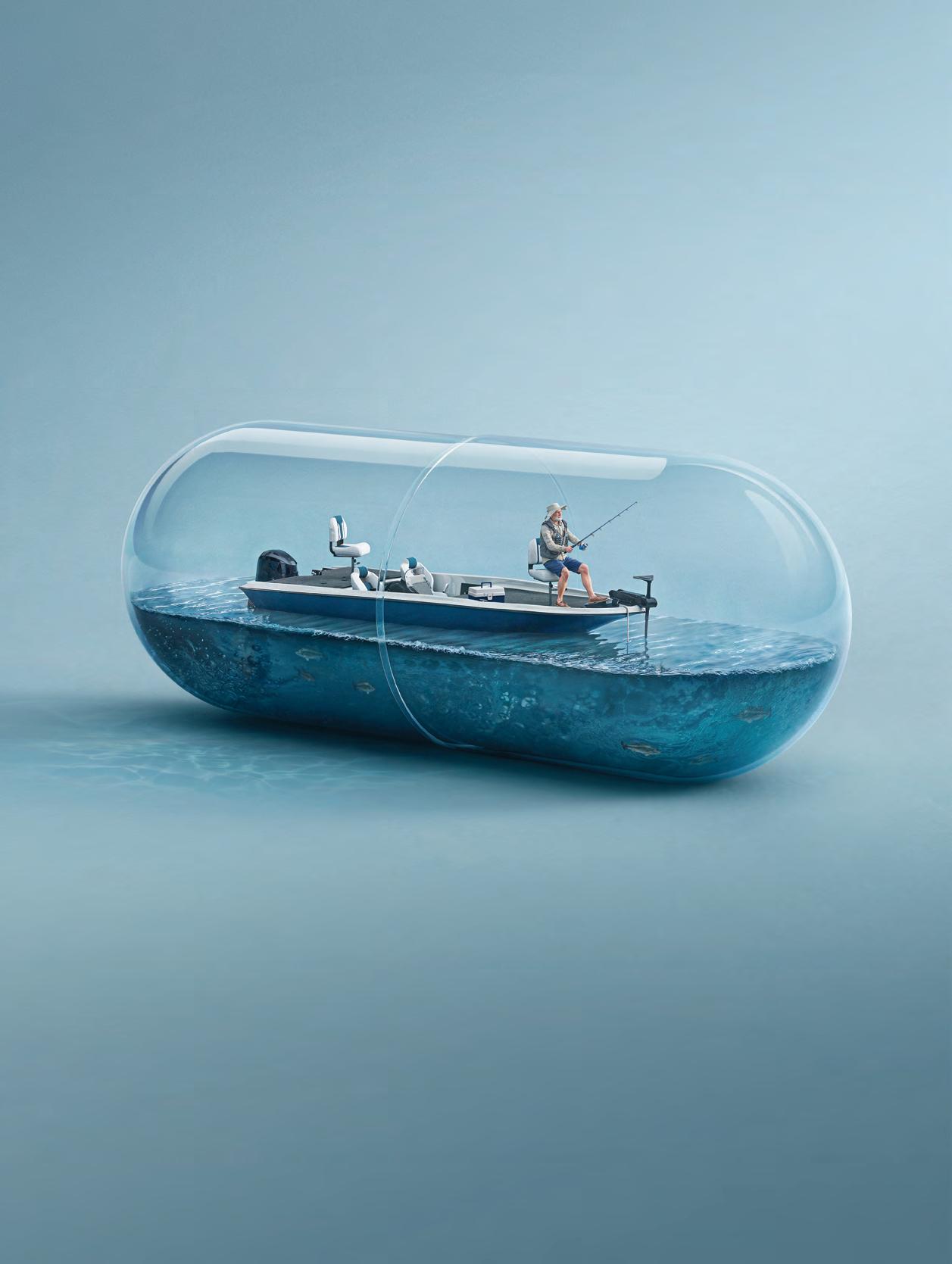
















By Ben Martin, Editor in Chief
The non-pro!t Protect Our Waters reports that, “Fish stocking has been a vital tool for maintaining healthy !sh populations in America’s lakes, rivers, and reservoirs. However, in recent years, most of our waterways have su ered from declining !sh stocks due to habitat destruction, over!shing, pollution, and climate change. If we’re going to combat these challenges, we’re going to need to ramp up our !sh stocking e orts to ensure the sustainability of recreational !shing, and food security.”
Fishing is one of America’s most popular outdoor activities, with millions of anglers heading to the water each year. e recreational !shing industry contributes over $125 billion to the economy annually and supports nearly a million jobs. Unfortunately, declining !sh populations threaten our industry, leading to fewer opportunities for anglers and reduced economic bene!ts for communities that rely on !shing tourism.

but also sustains the businesses like as bait shops, tackle manufacturers, and guide services that depend on a thriving !shery. Additionally, if we’re going to
can lead to an imbalance in the food chain. Stocking e orts can help restore native species in waters where they have declined, preventing the dominance of invasive species that may outcompete them.
While recreational !shing is the primary focus of most stocking programs, increased stocking can also support food security. Stocked !sh provide a renewable source of protein for both commercial !sheries and subsistence anglers.
Enhanced !sh stocking e orts can help mitigate the negative impacts that we’re seeing by introducing hybrid climate-resilient strains of !sh, e technology is there, we just have to use it. Without proactive stocking and conservation e of our favorite species of dramatic declines in the coming decades.
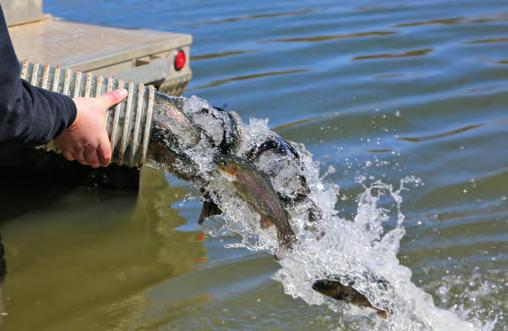
By increasing !sh stocking e orts, states could easily replenish popular game !sh species like red!sh, $ounder bass, trout, walleye, and crappie, ensuring that anglers have plenty of !sh to catch. is not only keeps !shing enthusiasts engaged
encourage a younger generation of anglers to be passionate about this wonderful pastime, they’ve gotta be able to catch !sh.
Many ecosystems are under constant pressure from habitat degradation, invasive species, and pollution. In some cases, native !sh populations struggle to maintain healthy numbers, which

America’s !sh stocking programs could and should play a critical role in maintaining healthy !sh populations, supporting the economy, preserving ecosystems, and enhancing food security. With increasing environmental and economic pressures threatening it’s time for a signi!cant investment in stocking e orts. By expanding hatcheries, improving stocking strategies, and integrating habitat conservation e orts, America can ensure that its waters remain abundant with !sh for generations to come.
Protect Our Waters is an angler-sponsored, nonpro!t organization with it’s primary focus on the sustainability and enhancement of recreational !shing. Learn more at ProtectOurWaters.com.








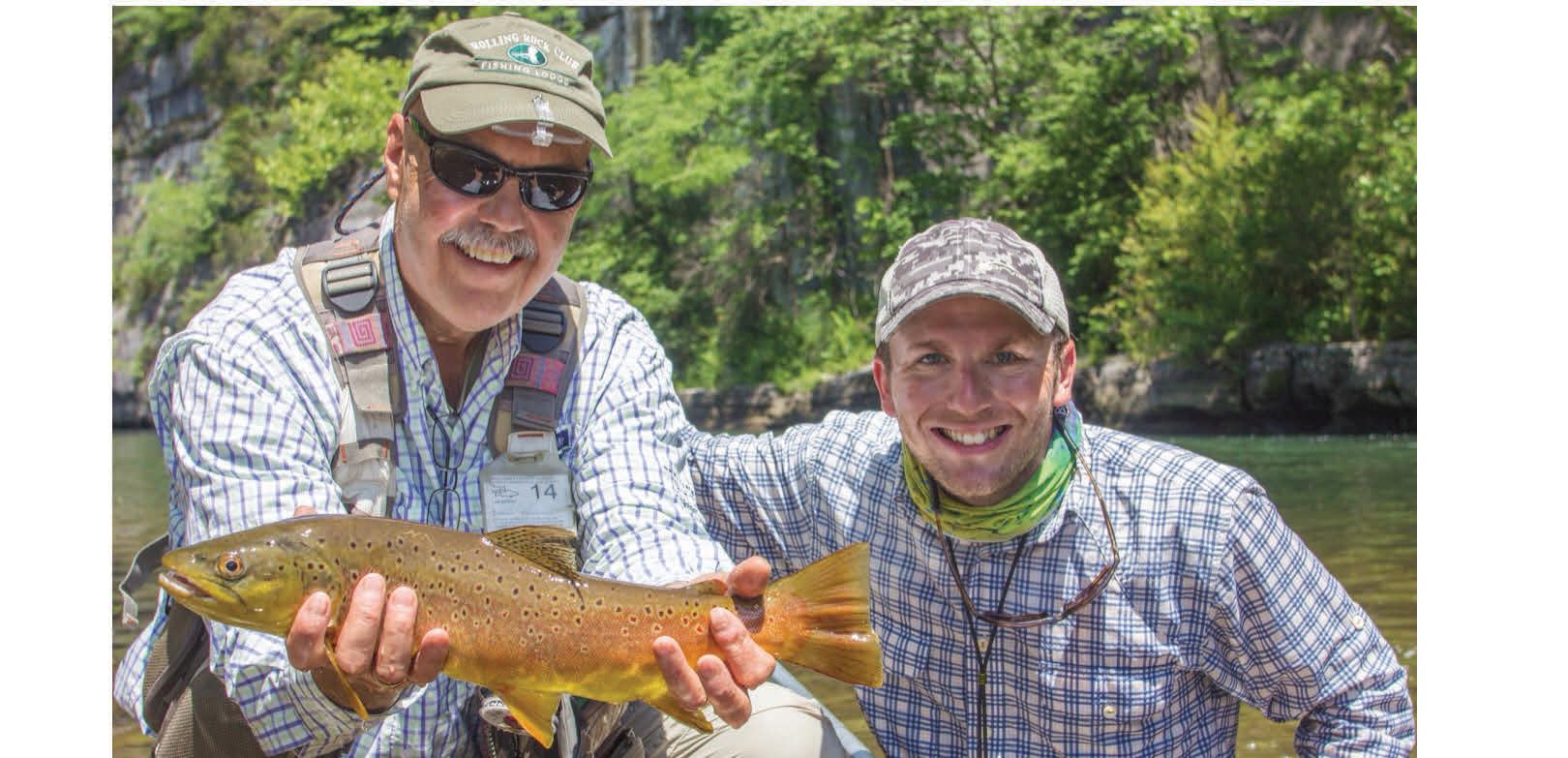




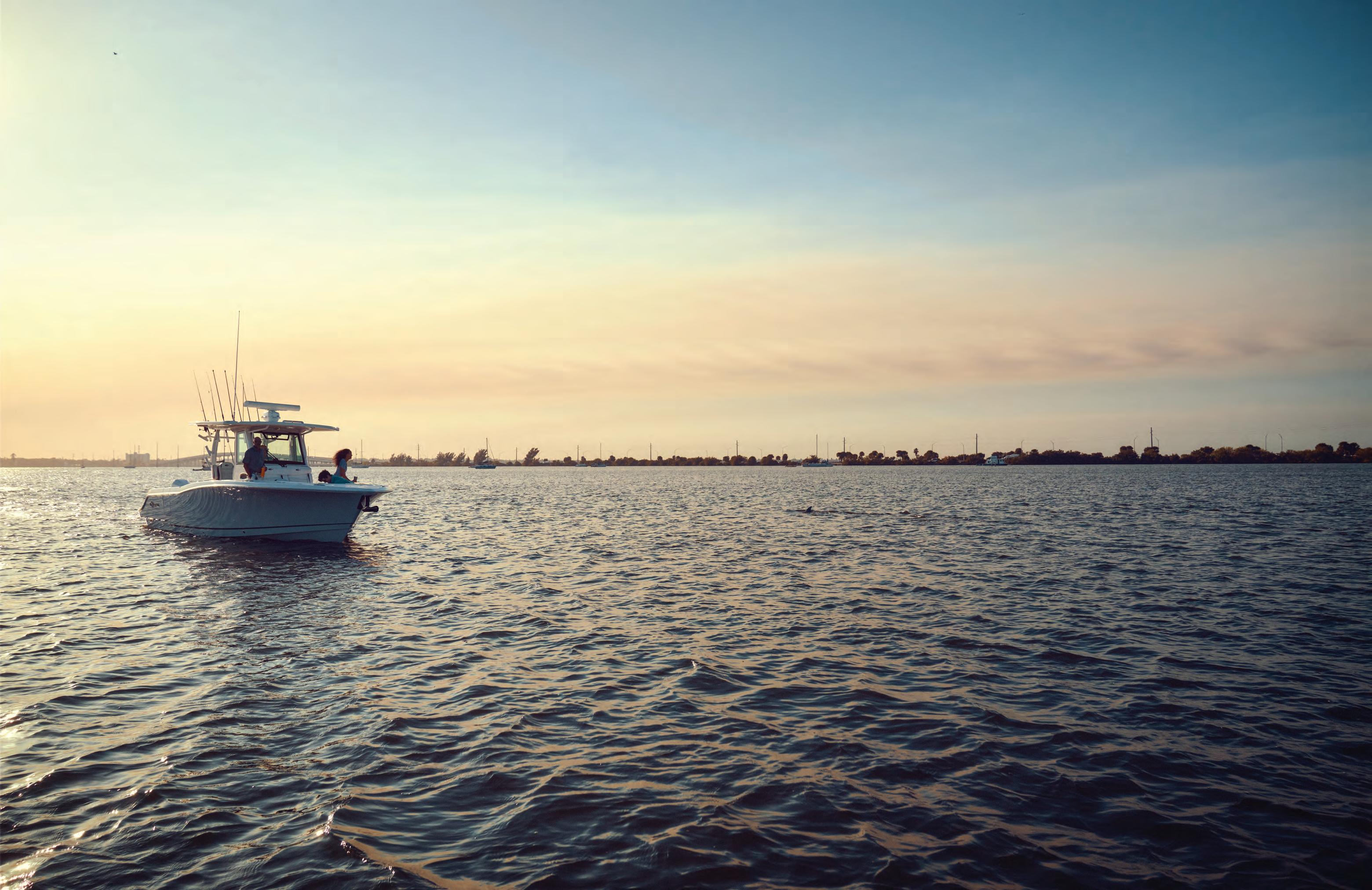
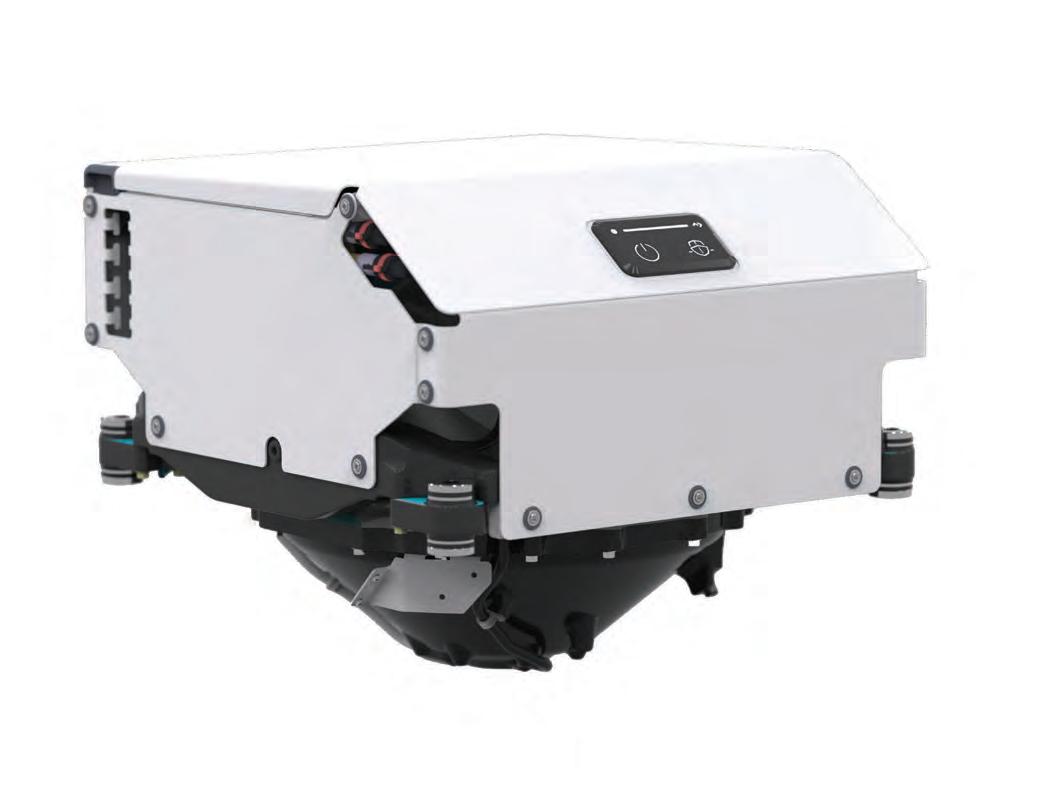



There are many reasons why the beautiful, deep-water queen snapper has made its way to the top of many anglers’ bucket lists. Not only is this !sh unique and stunning in appearance, but the quality of !llets it produces tops the scale of other snappers.
Most !sh that are harvested from the deeper, cooler waters, as with queen snapper, tend to yield higher quality table-fare. With the thick white meat on these !sh, that can grow over twenty pounds, targeting this species is a foodie’s delight.
Queen snapper can be found from 400 to 1,600 feet of water, spawning year round, with schools constantly on the move. Although they can be targeted over ledges and deep-sea coral beds within these depths, it’s not common to catch one as bycatch while not speci!cally intending to target them. As with most !sh with a penchant for these depths, research is scarce, with !shermen providing the majority of information on their observed behavior. at being said, targeting this species will be more productive with an experienced guide, rather than going it alone and winging it.
If you are a part of the DIY deep-dropping explorers club, and looking to add queen snapper to your hunt, you’re probably going to want to make a few di erent rigs for them.
An electric reel setup is recommended for this type of !shing. Not only due to the depths you are trying to reach, but you may only get short
By Capt. Quinlyn Haddon
dri%s over where you need to be before its time to reset.
e standard drop LEDs and lights should be used the same as with other deep-drop methods. Utilizing a heavy mono!lament leader line of approximately 300 pounds, a x your !ve drop lines at varying distances from each other. You may !nd you get bites higher up in the water column on certain days, making an extremely long leader more productive in !nding the !sh, especially on a !rst dri%. e drop lines should be decorated with your choice of glowing fandangles, whether it be glow wraps, rubber squids or the simple glow beads. Circle hooks ranging from 7/0 to 10/0 are e ective, and if you choose to put a variety of sizes on a single rig, the larger hooks should be at the bottom of the line.

this type of !shing is new to you, pepper in a few chunks of skin-on bonita in your presentation.
If you happen upon your queen snapper territory and !nd yourself in conditions without much current, you can also attempt to catch them with a heavy slow pitch jig. As long as you have light braid and a heavy jig to get to the bottom, and the energy and tenacity to retrieve it again, this is a productive method in extremely light current.
Once you start catching !sh, you may !nd they are consistently eating the bottom hook or the top hook, you can then play around with switching your rig to a longer or shorter leader.
e ideal go-to bait for queens is squid, but since this is a so%er bait, its easier to miss the bite. If
Queen snapper can be found deep in the gulf, and in the Atlantic from North Carolina to Brazil. While they have hot spots in the Bahamas and deep within the Gulf, e Atlantic waters of e Florida Keys o ers the best opportunity to target these within the United States and with the most minimal travel time. With mahi season around the corner in the Florida Keys, this is a great time to start heading o shore for queen snapper, as it provides a chance to target mahi to and from the deep-drop spots. Give me a call to get out there!
Capt. Quinlyn Haddon guides with Sweet E’Nuf Charters out of Marathon, e Florida Keys. (504) 920-6342. www.captainquinlyn.com; IG: @captainquinlyn


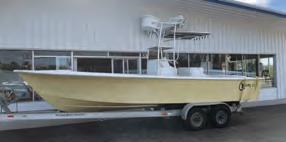
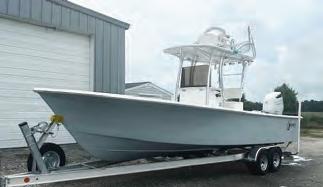
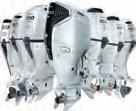



For anyone looking to build the best rod you’ll ever !sh, All-In-One Rod Building Kits from Mud Hole Custom Tackle are the ideal starting point. All-In-One kits take all the guesswork out of building a !shing rod, making it easy and enjoyable. Whether casting, spinning, y, or even ice, Mud Hole has everything you need for the perfect performance !shing rod and to start a lifetime of custom building.
Mud Hole’s All-In-One Rod Building Kits make it simple. Each kit includes everything you need—rod blank, guides, reel seat, grips, thread, and even the tools and supplies for assembly. With everything already preselected and packaged together, beginners don’t have to worry about picking out matching components and determining which supplies and tools are needed—all the work has been done by their professional builders.
Plus, Mud Hole provides all of the instruction required to build your !rst !shing rod. Kits include an easy-to-follow instruction book, and Mud Hole is the world’s largest source of free online rod building education material and content. ere’s nothing like catching a !sh on a rod you built. And All-In-One Rod Building Kits from Mud Hole Custom Tackle are the perfect way to get started in this time-honored cra$.
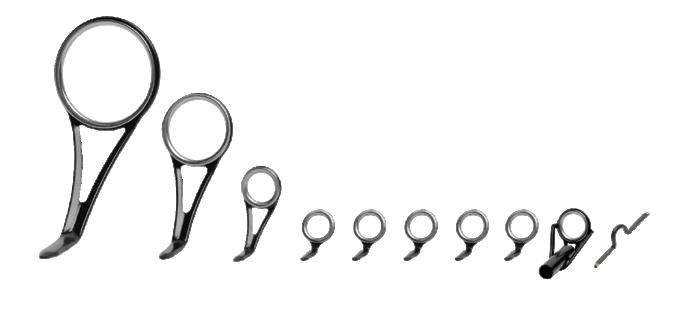
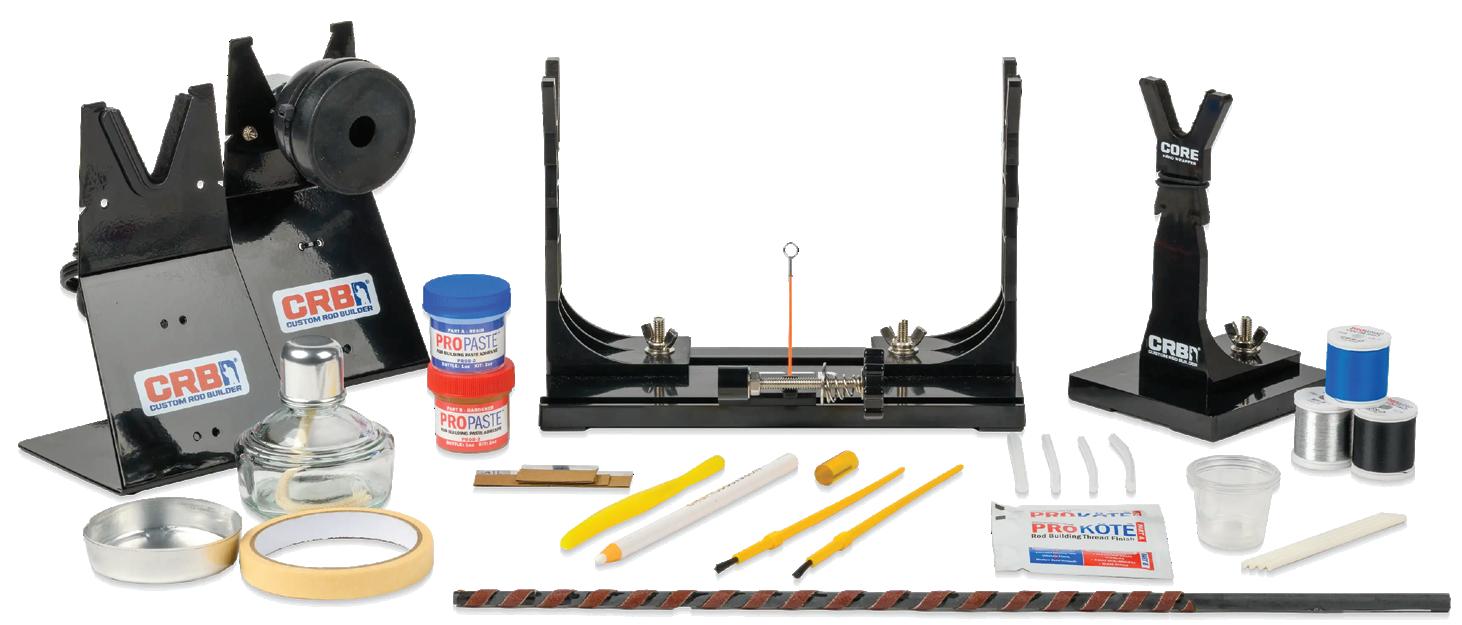


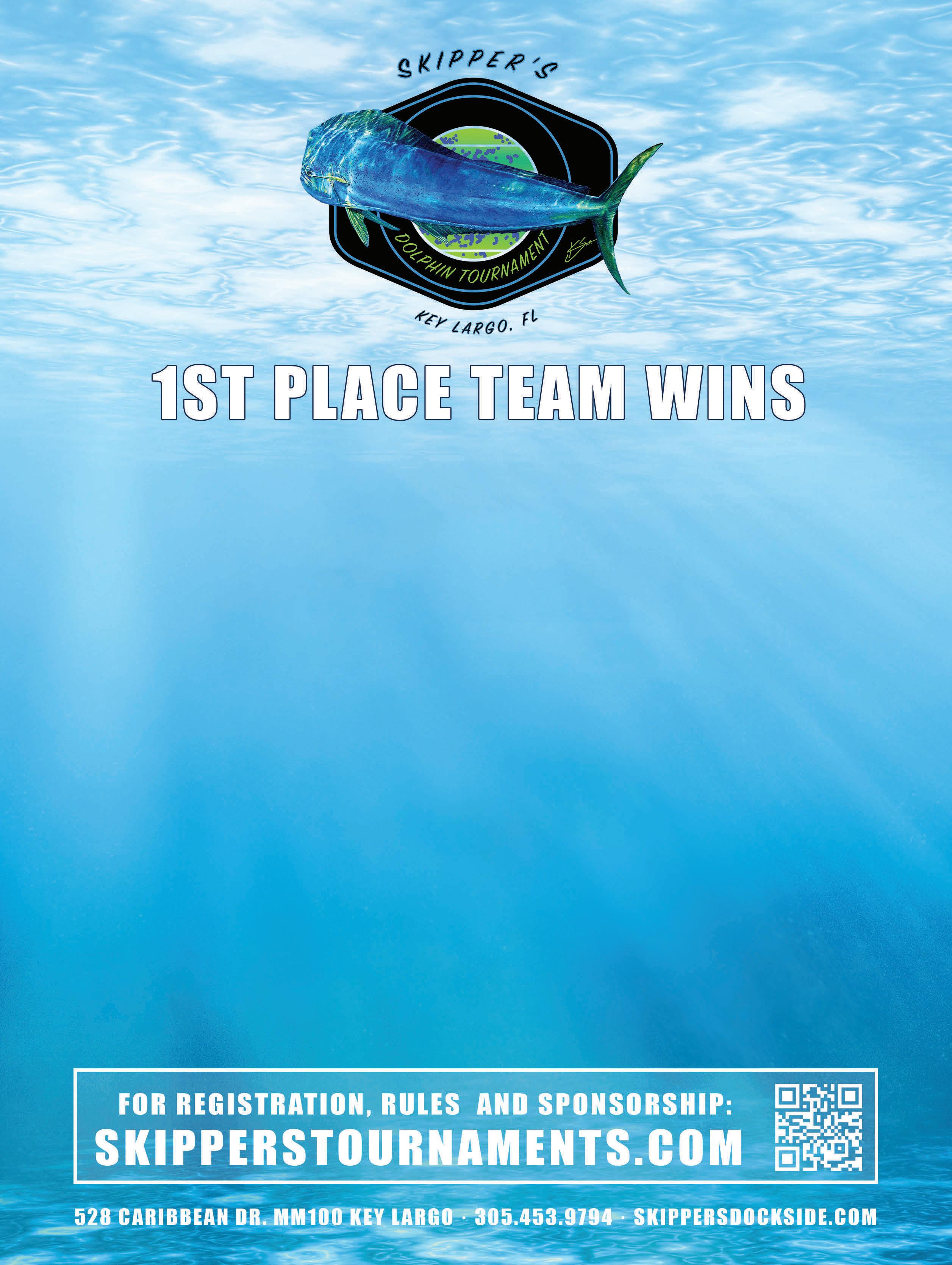
Performance Bulletin Available
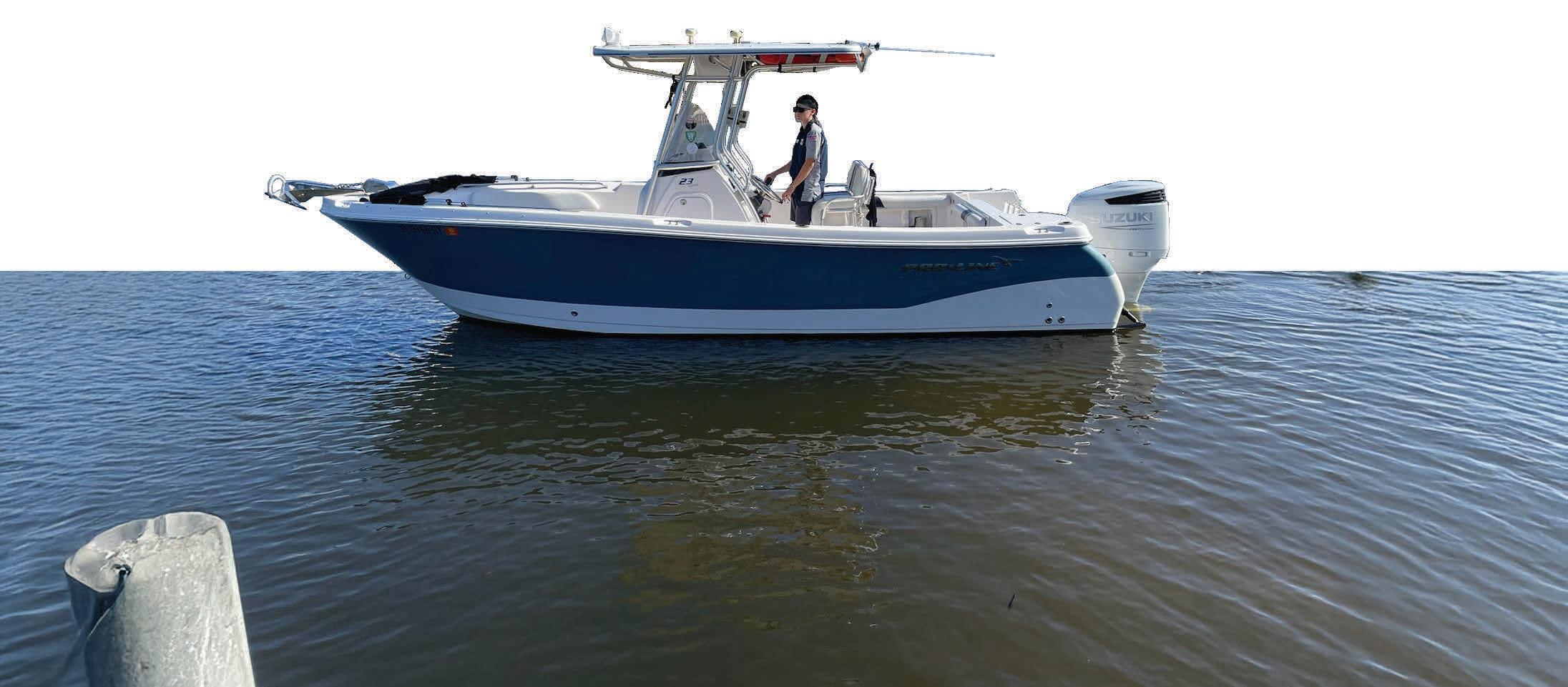
Repower






The weather is warming, and the winterchallenged !shermen are pulling their boats out of storage. is undoubtedly will lead to more tra#c on the water. With the added tra#c and high southern winds, this is a perfect time for me to avoid both by swapping the kayak for the boat for a few weeks and going deep into the marsh.
Springs’ rising tides will $ood new water over the once-dry marsh, encouraging more !sh to explore the new terrain in a quest for a good meal. Little do they know, I will be waiting there with my trustworthy rattling paddle tail.
Red!sh will be my primary target since I spent the winter targeting trophy trout. As always, bait will be the key to a successful outing. Since the size of the bait will be small, I like to have two characteristics in my lure. ey are small, roughly 3”, and have a clear sparkling color. is helps produce in most situations because the bait is tiny, maybe smaller than my lure. at is why I like the transparent re$ective colors; they disguise the lure’s size, making it appear smaller.
I like to work irregular shorelines since they have more areas for the bait to hide. I also feel it slows the reds down. When they have a straight shore, they tend to cover more water rather than hang around, allowing you more opportunities. If the water is o -color, I like to add a popping
cork rather than changing color. Known for their e ectiveness when using live shrimp, popping corks also improve the performance of so plastics. Depending on the situation and preference, these can be used on a jig head, weedless weighted hook, or with just a hook. When choosing a popping cork, I like a deep cup, which is hard to !nd on most corks in today’s market, but there are a few. Most manufacturers went away from the actual reason for the name, popping. e original, and a few out there today, still have the deep concave top, which produces the slurping sound and splash mimicking a !sh feeding on the surface. I !nd that sound is what attracts the !sh more than a clack. I’ll dedicate an entire article to cork !shing and the many ways to use them soon. While targeting reds, use a stout hook on your jig head. A hook you can $ex with your !nger is better suited for trout than reds. is is not where you want to skimp on quality. Not only do the hooks need to stand up to the hookset into the thick skin of a red, but they also need to hold up to the torque of removing the hook from the their jaw. I see many hooks get destroyed at this point. ank you for reading my words and don’t forget to take a kid !shing! e time is right.
By Capt. Michael Okruhlik



Spring !shing is one of the most exciting times of the year. As water temperatures rise, !sh become more active, making live bait one of the best ways to trigger bites. A bait pen—a oating or submerged enclosure for keeping bait!sh alive— can be a game-changer for any angler.
One major advantage of a bait pen is ensuring a steady supply of live bait. Instead of relying on bait shops or spending time catching bait before each trip, you can stockpile bait in advance. #is allows you to head straight to your !shing spot with fresh, lively bait ready to go.
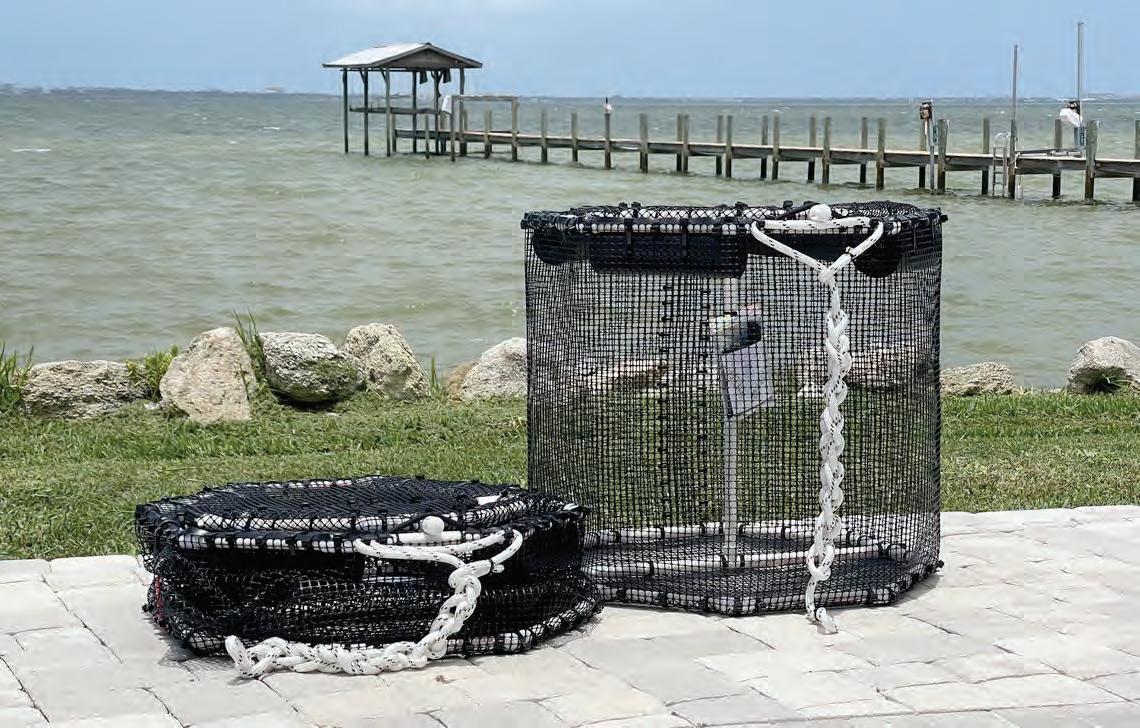
A bait pen also saves time and money. Buying live bait regularly can be expensive, especially during peak !shing season when demand is high. Catching fresh bait every time you !sh also takes up valuable time. By storing bait in a pen, you reduce costs and eliminate the hassle of searching for bait before every outing.
Healthy bait is crucial for successful !shing, and a bait pen helps keep bait!sh strong and active. With proper water ow and oxygen levels, bait stays in peak condition for days or even weeks. #is means your bait will swim naturally and attract more strikes compared to weak or dying bait!sh.
Another key bene!t is exibility. Spring weather can be unpredictable, with sudden changes in wind and tide conditions. If a !shing trip gets postponed, a bait pen allows you to keep your bait alive until conditions improve. Instead of scrambling for fresh bait when the opportunity arises,
you’ll be ready to go at a moment’s notice.
Using a bait pen is also more sustainable. Instead of constantly netting fresh bait and impacting local !sh populations, you can responsibly store what you need and reduce unnecessary waste. #is helps preserve bait!sh stocks while still giving you an e$ective !shing strategy.
For tournament anglers and !shing guides, a bait pen is an essential tool. Having premium live bait ready before a trip provides a competitive edge and enhances client experiences. Instead of spending time chasing bait, anglers can focus on putting more !sh in the boat.
A bait pen is a simple but invaluable tool for any serious angler. It ensures you always have quality live bait on hand, saves time and money, and provides exibility for unpredictable !shing conditions. Whether you !sh recreationally or professionally, investing in a bait pen will make your trips more e cient and successful.
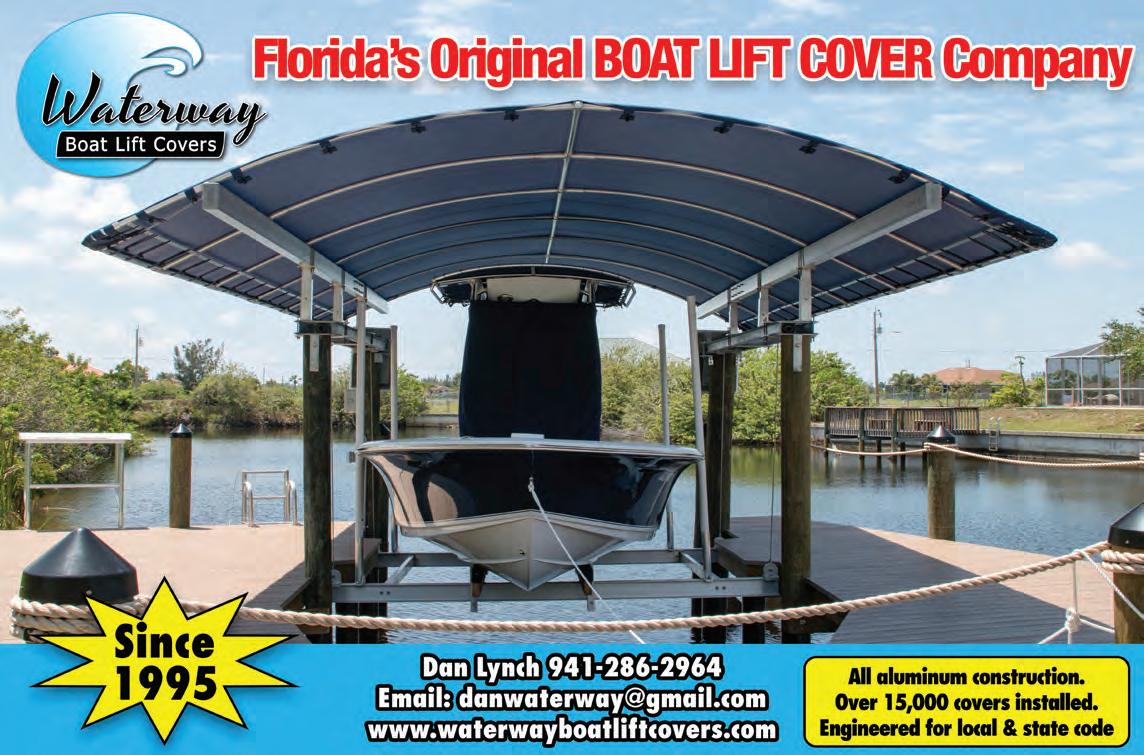
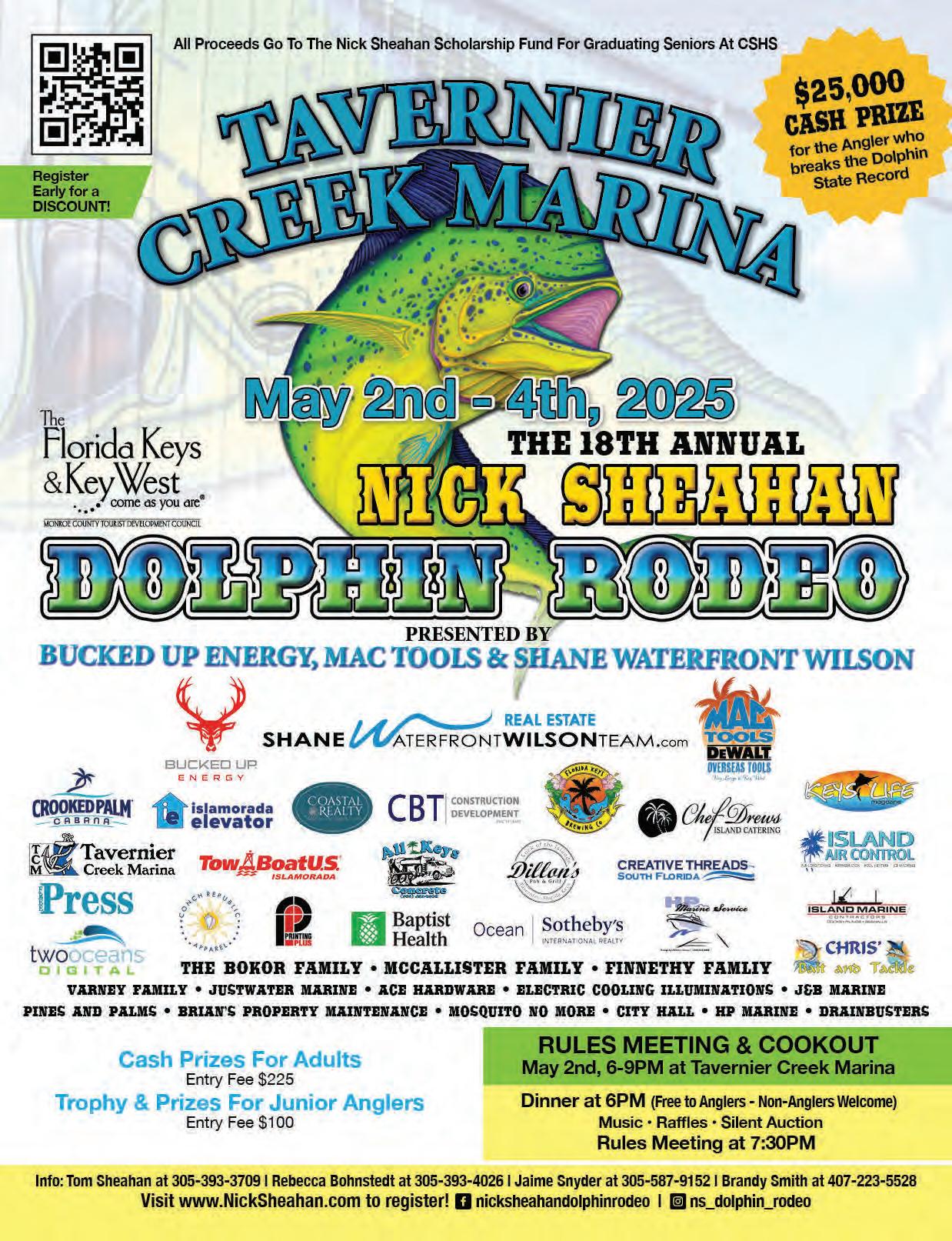


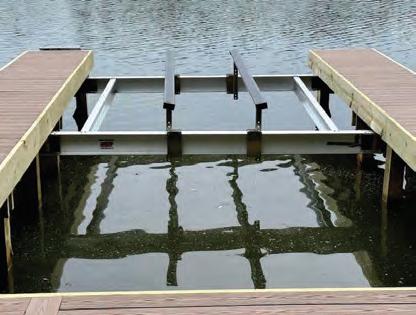
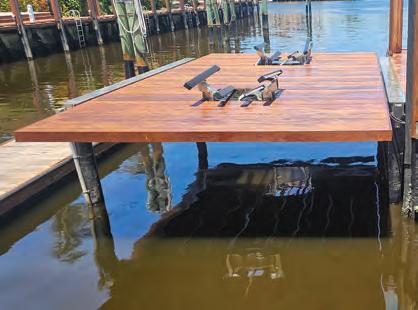



ShoreStation hydraulic boat lifts are a reliable choice for coastal residents and boating enthusiasts alike. Their strong construction, made with corrosion-resistant materials, allows them to withstand harsh environmental conditions, including sun, storms, and saltwater damage. ShoreStation provides a steadfast solution for protecting waterfront investments, o ering peace of mind to owners in the Sunshine State.


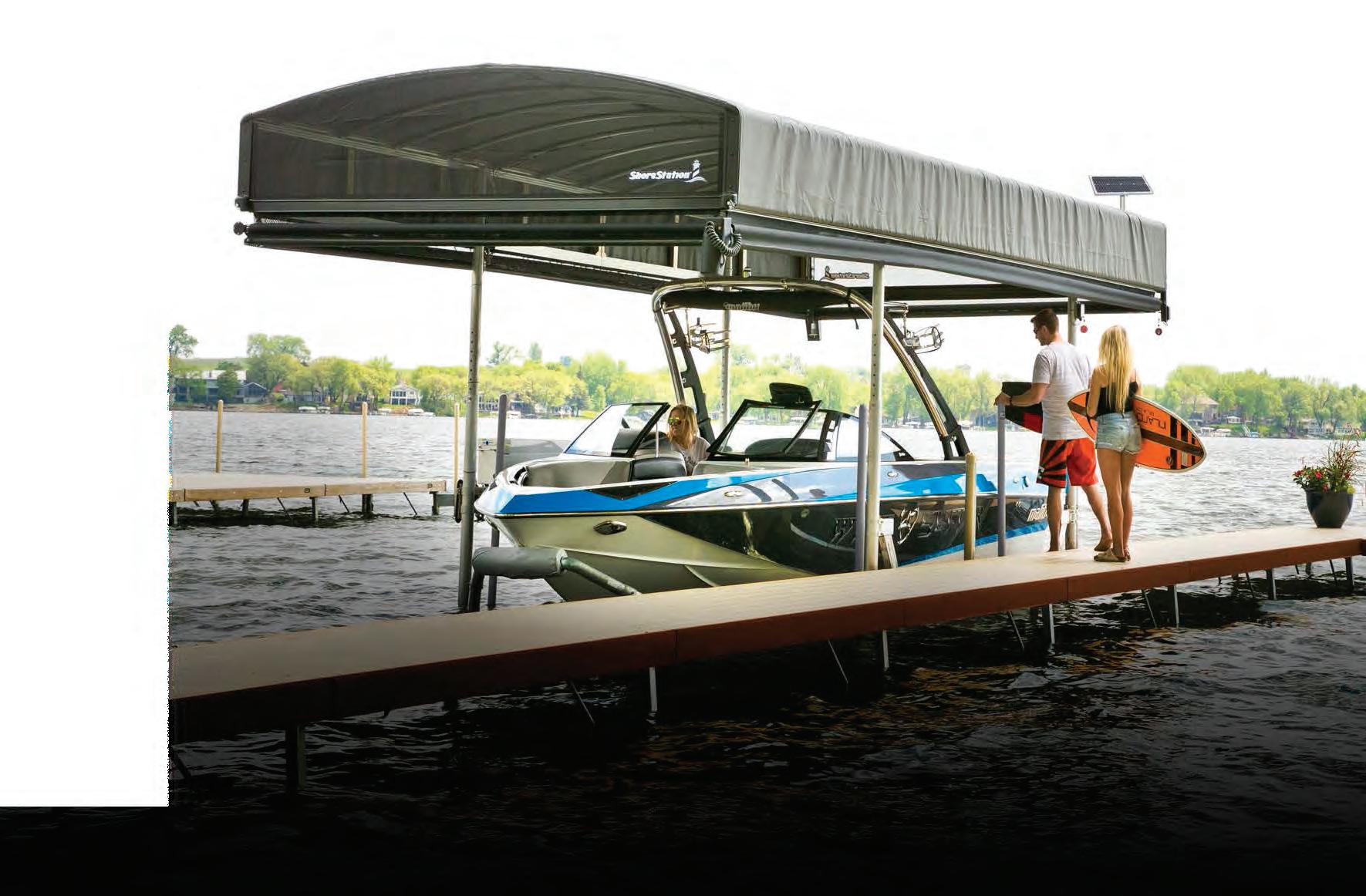

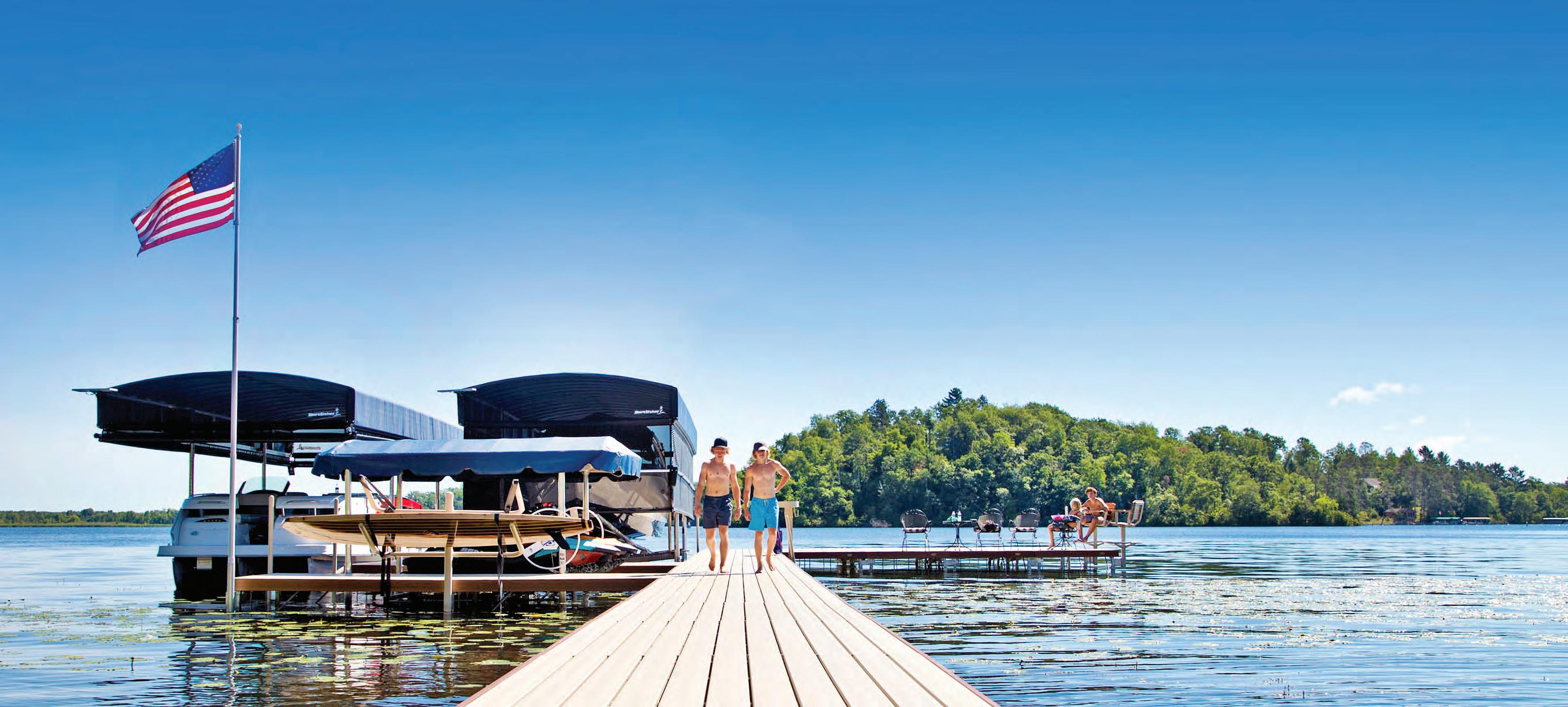

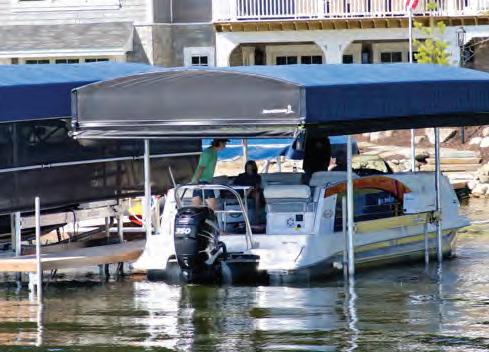
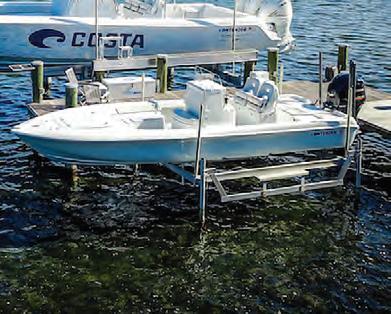
Equipped with exceptional weather resistant fabric and breathable SunTex 80 woven mesh ends for maximum protection and durability,

Made from the highest quality materials, our innovative hydraulic boat lift is one of the fastest and safest lifts on the market today. When you have a hydraulic lift, there’s no need to worry about wind and waves getting in your way. This lift will give you con dence to safely land and secure your boat in less-than-ideal conditions.
Never miss another moment on the water. Power your lift with clean, free solar power. Our speedy 20 watt charger features solar regulator drainage protection, saving your battery from permanent damage caused by overcharging.



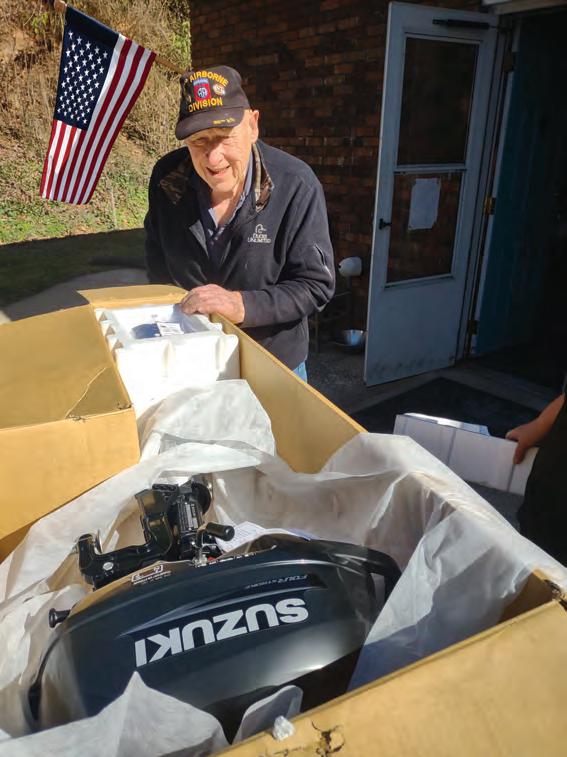
For more information on future contests, visit
We’ve all heard it, and most of us have said it at one time or another, but on March 3rd, 2025 George Poemer of Robbinsville, NC, received his Coastal Angler Magazine contest prize: a brand new Suzuki Marine DF2.5 Portable Outboard Motor! Now, at least one of us out there can never say, “ I never win anything,” again. Congratulations to George for being chosen the winner, and a special shout out to our friends at Suzuki for making this really cool contest possible. www.coastalanglermag.com



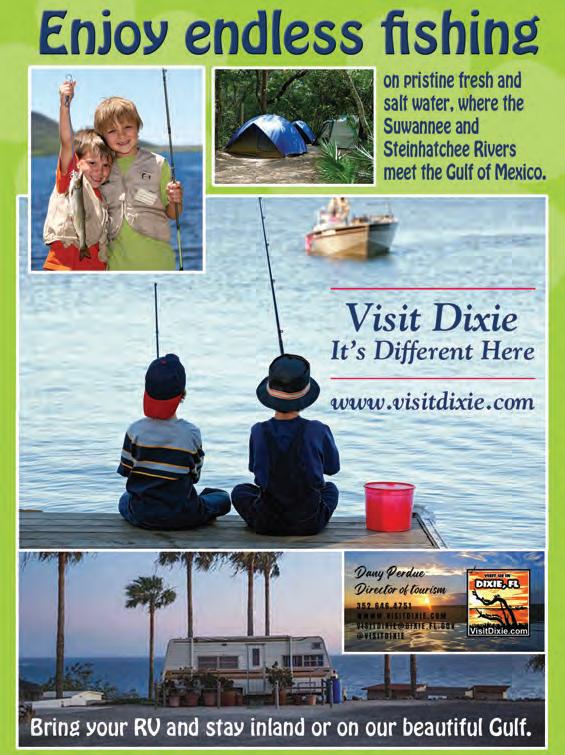





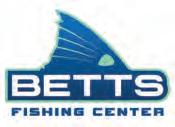




April 2022, I began by expressing my sorrow for the horrors in Ukraine. I can’t believe that three years later, the horrors continue. My heart also breaks for the people of Israel and Gaza. Reminds me to count my blessings. I am so thankful that my Irish, Swiss, German, and Hungarian ancestors thought that the USA would be a good place to live!
As I write tonight in late March, Winter ended cool and wet, and Spring has sprung. The trees are greening, wildflowers are blooming, and boat traffic has increased. Recent rain put some water in the swamp and the river is rising. (We are way overdue for a big flood, but I won’t say that out loud.)
See page 14 for info on Dixie County’s Daddy Daughter Dance, sponsored by the Dixie County Rotary Club. This year’s theme, Boots and Beauties, sounds like fun. Our granddaughter, Secelia, can’t wait to go again.
This month’s recipe, Fast and Easy Grouper with Shrimp, page 2 is so fast, easy, yummy and perfect for guests.
Congratulations to Capt. Bret Woodard (HORSESHOE BEACH) and his wife Whitney, on the birth of twin boys in March. They join two-year-old sister, WillaKay.
Capt. Tony Johns (SUWANNEE) is writing for us again, but due to health issues, is not guiding right now. He would love to hear from you and is happy to answer your questions about fishing the gulf in the Big Bend area.

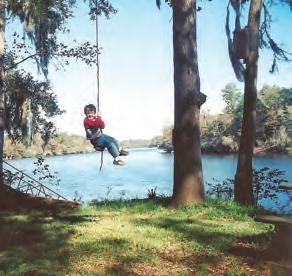




North Central Florida Nature Coast Staff
Cary Crutchfield
EDITING & PRODUCTION
Lynn Crutchfield
GRAPHIC ARTS & DESIGN
Kathleen Stemley
CONTRIBUTING WRITERS
Dr. Kevin McCarthy Noel Kuhn
Capt. Jason Clark
Capt. Katie Jo Davis
Capt. Tommy Derringer
Capt. Andrew Fagan
Capt. Jonathan Hamilton
Capt. Tony Johns
Capt. Dallas King
Capt. Pat McGriff
Capt. Brent Woodward

As always, I am reminding you to get your Covid booster and RSV, if you are of a certain age.
As always, thank the business where you picked up this magazine. Thank our advertisers and writers. It takes a team.
Mother’s Day is next month. Maybe she would like a fishing trip with one of our guides?
Lynn Crutchfield Co-Publisher Coastal Angler Magazine of North Central Florida/Nature Coast




Thank you to The Crab Plant for the grouper and shrimp. Visit their Fresh Seafood Market or enjoy Cooked Seafood to go. You are welcome to sit at their table and view beautiful Kings Bay while you enjoy your delicious, freshly prepared meal, watching manatees, dolphins, pelicans and boats. Or, you can carry it home; your choice. Open Tues-Thurs 10:00-5:30, Fri-Sat 10:00-8:00.

201 NW 5th St. Crystal River 352-795-4700.

Lynn Crutchfield, Co-Publisher Coastal Angler Magazine of North Central Florida
Season grouper with salt and pepper. Place flour in plastic bag. Add grouper and shake lightly to cover with flour.
Melt 2 tablespoons butter in medium skillet over medium heat. Place grouper in skillet and cook for 3 to 4 minutes. Carefully flip and cook for another 3 to 4 minutes. Place on plate and keep warm in oven.
• 2 Grouper Filets
• 6 Jumbo Shrimp
• 4 Green Onions Minced
• 2 Cloves Garlic Minced
• Salt and Pepper
• Flour for dusting
• 2 Tablespoons Lemon Juice (or more if you like)
• 6 Tablespoons Butter
Melt 2 more tablespoons butter in skillet. Season shrimp with salt and pepper. Add shrimp to skillet and cook a couple minutes on each side. Remove from skillet and place over grouper. Return to warm oven.
Melt two more tablespoons butter in skillet and add minced onion. Cook for a couple of minutes until tender. Add minced garlic and cook just a couple of minutes. Remove pan from heat and add the lemon juice. Pour over shrimp and grouper.
I served with broccolini and a hot roll.
Florida has been blessed with natural wonders, e.g. springs that pour immense quantities of fresh water into our rivers, and man-made structures that date back a thousand years or more, e.g. the shell mounds from Native Americans.

By Dr. Kevin M. McCarthy
North Florida has some impressive mounds that escaped the destructive demolition work of road builders and are now mostly protected from such workers. For example, Fort Walton Beach has Indian Temple Mound and an impressive museum, Tallahassee has Lake Jackson Mounds, and Cedar Key has Shell Mound. Different tribes of Native Americans gathered at such sites, sometimes to practice their religious rites or bury their dead.
One of my favorite such mounds is Crystal River Archaeological Park in Citrus County on the state’s west coast. The site is open every day of the year from 8 a.m. until sundown, with the museum open 9 a.m. to 5 p.m. Thursday through Monday. Phone: 352–795–3817. I am often the only visitor and can wander around the 61-acre site visiting the six mounds, burial sites, large midden, and temple platform mounds on Crystal River with access to the Gulf of Mexico. The beauty of the nearby Three Sisters Springs shows how spectacular natural Florida is.
Easily accessible west of Highway 19/98, just two miles northwest of Crystal River, the site is well marked with descriptive plaques. The centerpiece of the site has to be the steps leading to the top of the Temple Mound. From its summit, one can see how close Cystal River is as the waterway leads to the Gulf of Mexico, clearly the route that visiting tribes took as they made their way to the religious and trading site. Archaeologists tell us that the place dates back to the Deptford Culture (800–700 CE) and may have been a ceremonial center, and maybe even a burial place. Native Americans may have lived there for more than 1600 years, making it one of the longest continually occupied such


place in Florida.
A paved path leads to several mounds with interpretive signs that give the history and more details. As many as one thousand corpses are buried in the mounds. The proximity of Crystal River shows what a spectacular site it is. The fact that the whole area is well preserved may show how many generations of Native Americans worshipped there. The visitor center on the premises is particularly illustrative of the long history there. Officials designated the park as a U.S. National Historic Landmark in 1990. It is also possible, depending on the time of year, to see manatees in Crystal River. All in all, this part is a relatively unfrequented gem in Florida.
Kevin McCarthy, the author of North Florida Waterways (2013 – available at amazon.com, can be reached at ceyhankevin@gmail.com.
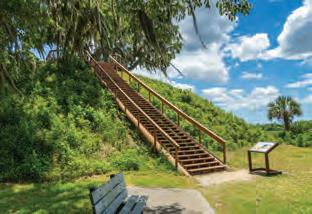



Dr. Kevin M. McCarthy
3815 S.W. 5th Place | Gainesville, FL 32607
Cell: (352) 870 0819
web site: kevinmccarthy.us
“I think, at a child’s birth, if a mother could ask a fairy godmother to endow it with the most useful gift, that gift would be curiosity.” ~ Eleanor Roosevelt

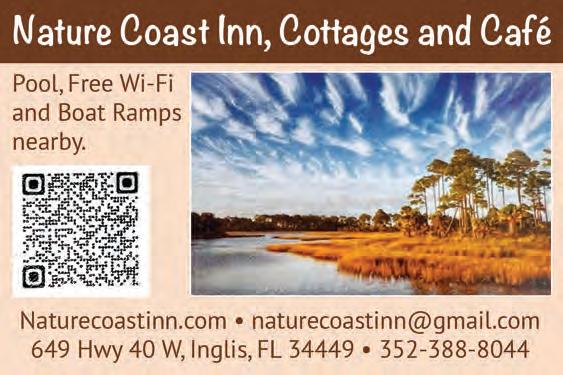
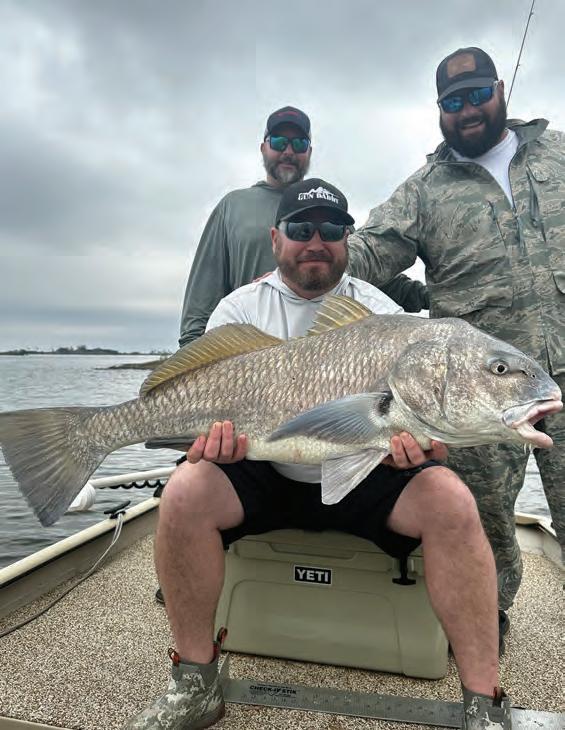
Warm water and fishing should continue to be on fire! That’s the theme of April, or should I say Spring here on the Nature Coast.
Inshore, the majority of our redfish, snook and trout have made their final migrations to the outside islands and bays. A good spoon or redfish magic spinner bait is hard to beat, tossed around the islands this time of year.
Offshore, the sheepshead bite will taper off, and the hogfish and mangrove snapper bite will heat up offshore, in the 20 to 50 foot range. Live shrimp in a fishfinder or knocker rig will get it done.
Thanks guys and tight lines


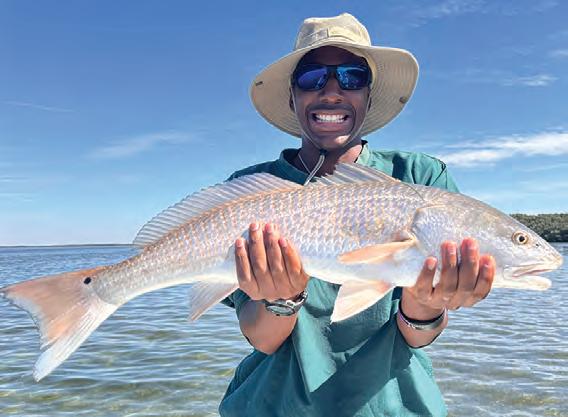
April is here and the fish are too! This month is full of true “spring” weather, which in turn brings some amazing fishing.
Redfish will be starting to school up for us on the outside creeks and creek mouths. I always look for hard bottom and mullet. When the tide is low and you have that mix, it’s tough to beat! A shrimp on a jig head or a medium sized pinfish tail hooked with a 3/0 owner, tends to get the bite. A gold spoon is also a great option when you want to power fish and cover water. On a higher tide, I like to skip baits deep into the trees into the shade. When one hits in the roots, it’s one heck of an adrenaline rush getting it out! Strong braid and minimum 30-pound leader helps getting those fish to the boat.
Snook season is in full swing and we’re seeing enough to make us happy. I was worried our numbers would drop due to the extreme freeze we had this winter. I saw a lot of dead snook in the backcountry but apparently, we still have enough to target! You can harvest snook in our area during March and April, but I’ll be doing a lot less harvesting of them this year in an attempt to do my part to keep their numbers up. A big active live bait is always my go-to for big snook. I use a pretty large hook, normally a 5/0 when rigging big baits. Hook the bait in an area that he will stay alive longer and chunk him in either a deep trough with good water movement or chunk him to your favorite mangrove point. I use 40-pound leader when I can get away with it. If the fish get spooky, I’ll drop down to 30. Ripping a big soft plastic paddle tail style bait, will also produce some quality snook for you as well! My trout bite is ranging from three to six feet of water over mixed bottom. If you can find what we call “kelp” you’ll be in business. A lil John, or live shrimp on an 1/8 or 1/16 oz. jig head will get

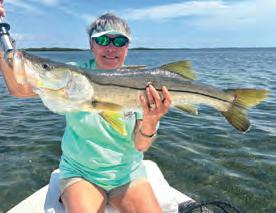
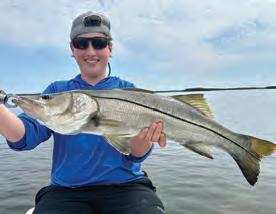





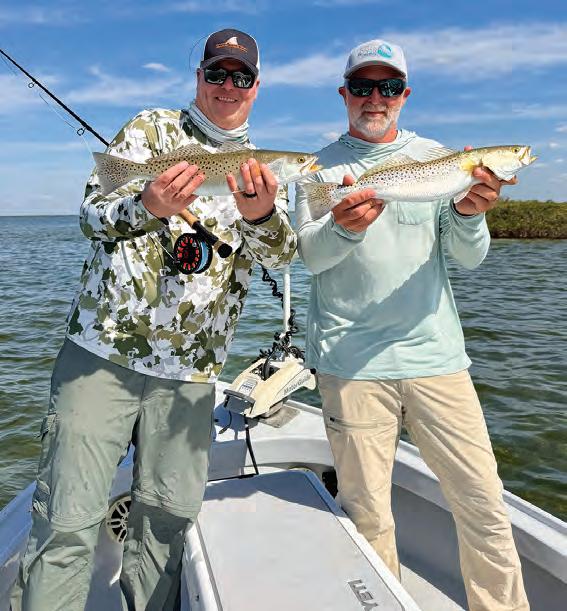
April brings some excellent fishing to Homosassa; I love this time of year! March and April are two of my favorite months to be on the water. In my opinion, Spring offers some of the best trout fishing on Florida’s west coast. As the season progresses, trout will start moving in and out a bit, but we should still see a strong inshore bite with some nearshore action mixed in.
April, we should start seeing trout transitioning from the inshore rocks, to the nearshore rocks to spawn. Inshore, I like to target yellow bottom around the mouth of St. Martin, Little River, and Mason Creek, on the incoming tides using nose hooked jerk baits. Preferably, a DOA 5-inch CAL in glow nose hooked on a 3/0 J Hook. Offshore, I like using 1/8 or ¼ ounce DOA Jig heads in chartreuse, rigged with a watermelon red flake or glow MirrOLure Lil John. I like to make long drifts around structure. If I catch a keeper or two at the same time, I like to mark the spot on the GPS or “drop my jug” and then make another pass on that same line.
Red fishing will continue to get stronger on the outside points, as our fish begin making their way out of the back waters. Incoming tides, outside rocky points, look for mullet jumping. I like live pin fish or shrimp. Gold spoons will work
as well.
Keep a nose hooked jerk bait handy or a free lined pin fish, and work outside points with good moving water for snook. Snook fishing seems to be strong and should get better.
Near shore rocks will be holding plenty of table fare and rod bending action for everyone. Load up on shrimp and fish on a jig head for grunts, snapper, mackerel, and be on the ready with a heavy rod for a cobia. Also, there has been a few permit seen and caught lately. I have not had luck with them but be on the lookout!
From the Homosassa Guides Association: We have announced that we will be giving ten $1000.00 scholarships for graduating seniors. Scholarships are good for colleges, tech schools and trade schools. So, if you know of anyone who would be interested, please have them reach out to us and get an application. You can reach out to me directly or email info@ homosassaguidesassociation.org.
April 28th is the Pirate Invasion at Crumps in Homosassa. For more info visit htttps://crumpslanding. com.who
As always stay safe.
-Stump

Spring has sprung and I couldn’t be more excited for more consistent weather patterns, warming water temperatures and hungry fish! April is by far one of my favorite months of the year to get out on the water and catch fish!
The red and black drum, along with the seatrout and snook, will be venturing out of the creeks and rivers to outside points and oyster bars, looking for their next meal. I typically use mud minnows this time of the year on a float near, and throw to active points (points with lots of bait and mullet) while using 30 lb. leader, to ensure no abrasion from the rocks and oysters. A 3/0 circle hook keeps the live bait on the hook and creates a better opportunity for landing these fish. For the black drum, I keep my shrimp, left over from the day before, on ice, and it keeps them intact enough with a little stench to attract them from nearby. Speaking of shrimp, I always put mine in a zip lock bag and keep them on ice instead of using a bait bucket. I feel as though the shrimp stay alive longer and a little fresher. It also allows me to use them the next day to target drum as they typically eat by smell.
Nearshore, the hogfish will begin moving in shallower for their spawn, and can be found in as little as 15 feet

of water near hard bottom, and just off large rock piles and wrecks. Using a 1/4-ounce circle hook jig head, will allow a large shrimp to drop down where I allow it to lay on the bottom for them to find it. I typically like the slower moving tide days to target these fish.
I’d like to take a moment to congratulate Bishop who was 2nd place in the year’s month-long sheepshead contest, weighing his fish in at 8.35 pounds at Captain’s Cove Bait and Tackle Shop. He won a brand-new Shimano reel and Bull Bay fishing rod. As always, thank you for reading my reports!
Captain Katie Jo Davis
www.fishcrystalriverflorida.com
Capt. Stump
Jonathan Hamilton
352-403-2073 www.stumpnation.us
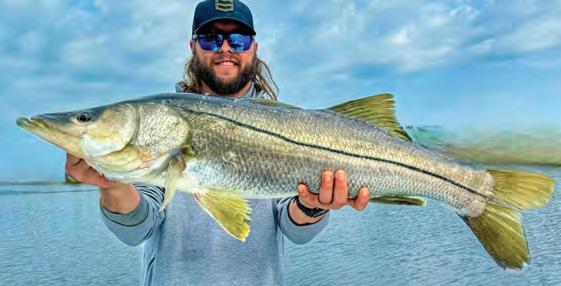



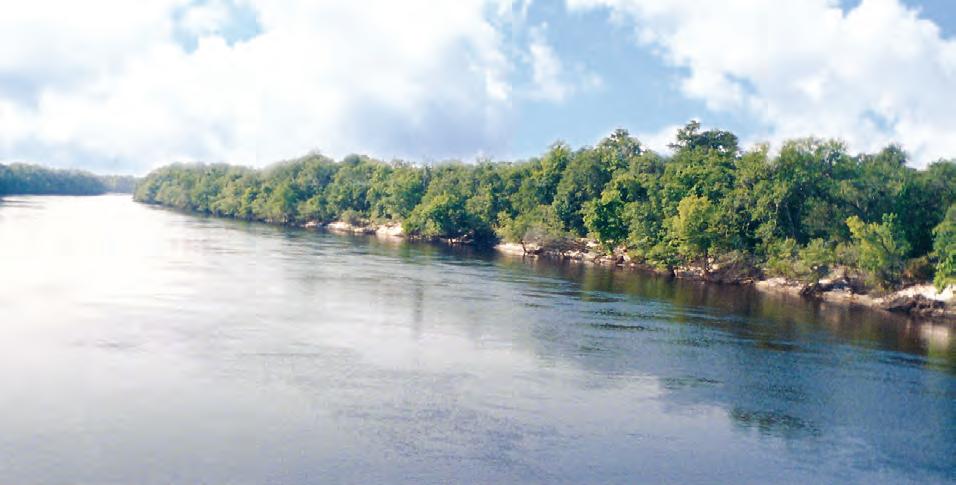
43 acres (+or-) 1100 feet (+or-) on Suwannee River in Lafayette County at US 27, across river from Branford. Heavily wooded, perfect for residence, camp ground or hunting lodge. Elec. and well.



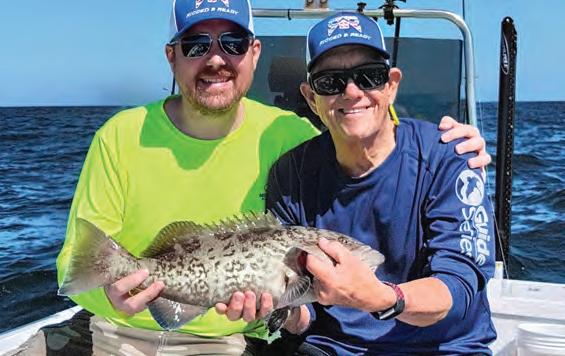
ey everyone, it's great to be back!
On September 26/27th 2024, Hurricane Helene blew into the Big Bend region of Florida, bringing with it a tidal surge that hadn't been seen in over 100 years (1896). The destruction in the coastal communities was historic! Now it's the slow process of cleaning up and rebuilding, along with the realization that things will never be the
I learned a long time ago to look for the “silver lining” in each adverse event. Hurricane Helene took a lot of the pressure off the local fish, and has given them time to replenish and school up! This means, that the fishing is really good right now! You will find that things have changed; there will be new sand bars and gaps in the bars, but the fish are still there. You might find that your hotspot has shifted down the reef or maybe that hole you have fished for years is gone, but another has formed close by. It's time to get out and explore, time to go slow and learn new things! That new “hotspot” might be the next place you try!
April is a month of change, and the weather is in control! During April we will have many windy days. This will limit the number of days you will be able to venture offshore in search of mackerel and sheepshead. On the days you can get out, the spotty bottom will be a prime location for king mackerel and Spanish mackerel. These two pelagic species will be migrating following schools of bait fish. Fast moving flashy baits are what attracts the most bites and can be fished by trolling or casting. You can drift, troll or anchor up on the spotty bottom; it just depends on what style of fishing you prefer.
You will find the sheepshead on the artificial reefs and rock pikes from 25

feet of water, out to about 45 feet. With the Spot Lok trolling motors, this kind of fishing is much easier and more fun, as you can easily move from spot to spot without pulling an anchor!!! If you get on a spot and you can see the fish just be patient and keep fishing! Eventually you will get one bite and then the fish will turn on. Best bait is a shrimp on a #1 or 1/0 bait keeper hook, fished as a knocker rig with an egg sinker. You vary the size of the egg sinker based on water depth and current. I like to use as small a weight as possible, for a more natural presentation. Take plenty of hooks; it is easier to tie on a new hook. than get the old one out of a sheepshead mouth! I want to encourage everyone to call your favorite fishing Guide, Marina and Fish Camp. Find out what services are available, come on down and help these Coastal Communities!
Y'all be safe and catchemup!
Captain Tony Johns | 352-221-2510
www.lowersuwanneriverfishing.com
Instagram: captaintonyjohns
Facebook: Lower Suwannee River Fishing Adventures
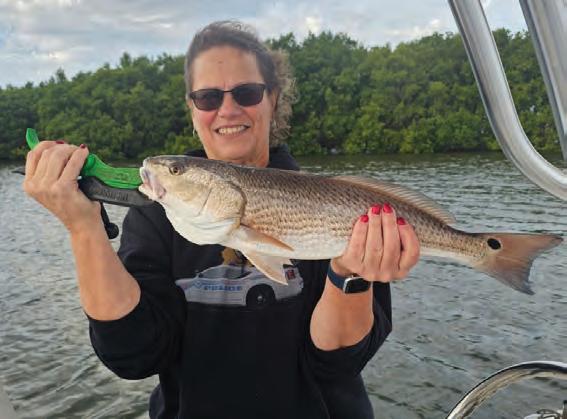
HHey anglers. Wow, it's been awesome out here! This year has been one of the best starts to spring, and it's only going to get better!
The trout have made their presence known across the grass flats and in the mouths of the creeks. All you need is a little water to get there and a popping cork with a paddle tail. Set your leader for about 2.5 feet and enjoy!
The reds are also showing very well at the bars near the creek
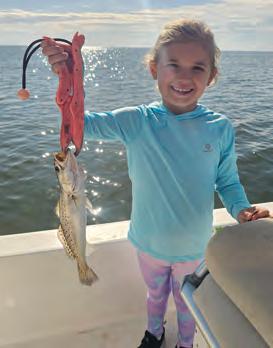
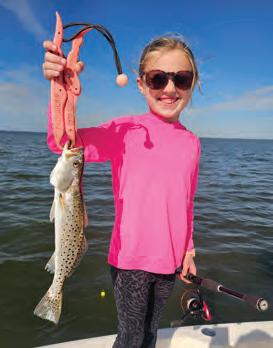
entrances. I've gotten them eating both shrimp and mullet. Tide wise, I think incoming is a bit better, but honestly, we are catching them on both tides.
So, prepare for what looks to be the start of a great spring and enjoy yourself.
Until next month, stay safe out there.



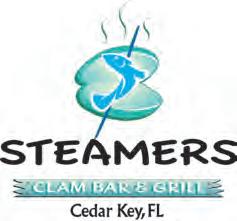

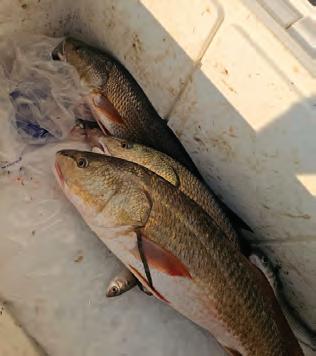






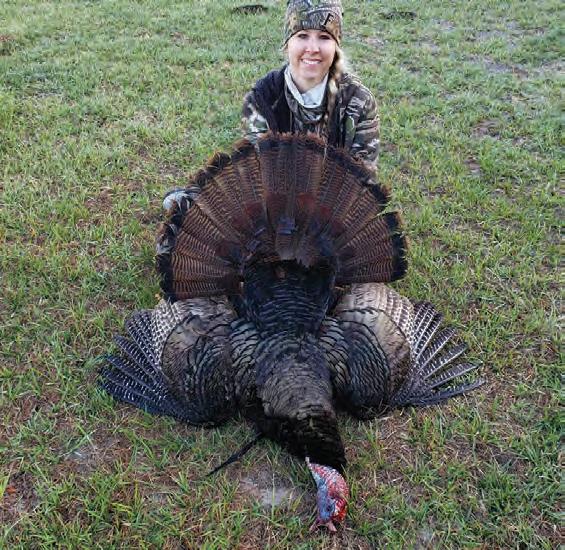
Hey guys and gals, hope all is well in fishing land. March was an amazing month for my wife and me, particularly March 7th, when we welcomed our twin baby boys to the world.
March also had some amazing fishing, and I suspect April to keep giving us some likewise days.
Redfishing has been amazing. April is one of the best months to break out the top waters before the floating grass gets here. So, any hard baits for that matter.
Trout will be in their typical grassy spots. It’s pretty much popping cork season for my clients, unless they want to try a different tactic. When the water is clear, I throw a lot of white, green moon, and glow. When the water is a darker tinge, I’ll start messing with chartreuse tails and pinks.
Well guys, don’t forget we can put y’all on a turkey if that’s something you’re interested in, or just come out with us and catch some fish.
Until next time keep it Reel Native!

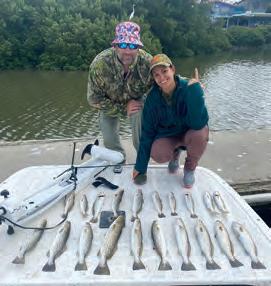


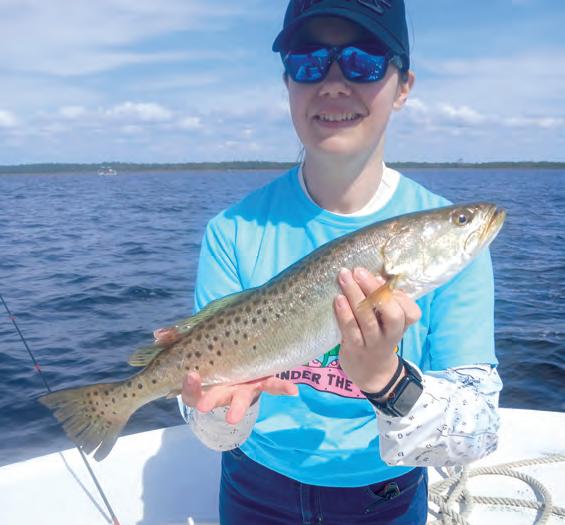
Trout have been a bit fickle. If you weren't in a creek of late, as out on the flats, the water temp in the gulf has yo-yo-ed up and down, as if to dare the trout to get stabilized. My charter today, Howard and Rebecca Drew fished for four-and-a -half hours without a keeper trout, then from 3:21 til 5:02 p.m caught six keepers. The gulf water temps were 71 to 74 lately, up from 65 to 66 degrees earlier this morning,
These trout succumbed to live pinfish under a Back Bay Thunder, but we have been catching trout earlier this week (today is March 14) on several artificial baits, such as #27MirrOdines in NPGBG, PFBG and 808BG. In .2 to 3.6 feet of water, was the key once the fish were biting today, but I have caught good trout from 1.8 ft. all the way to 4.1 ft. this week.
I would expect Paul Brown Soft dines Originals and Devils as well as the NEW Devil Blanks to catch plenty of trout in April as well. I will be fishing them the rest of March and give you updates. Meanwhile, go to MirrOlure. com to see the myriad of colors in the new Paul Brown Devil blanks , which are simply the plastic without the wire through harness and treble hook.
I look for us to hold up 70 degrees overnight for a week and then see the fishing bust wide open. About the time this magazine comes out, we will be catching trout on topwater stickbaits, propbaits, lipped jerkbaits and well heck, almost any kind of plug and plastic you wish to toss at them. I have been doing well on the Slayer Penetrator swimbait hooks in the 5/0

with a 1/16 oz. weight. I am rigging Assassin's 5-inch shads on the Slayer swimbait hooks and catching a bunch of trout.
Reds have been scarce, at least out on the flats, and I expect that to be remedied as well, come April. Once the pelagic bait shows up, the reds will be the ones chasing them up onto the flats. Precision Tackle's HEX spoon and Mike Hakala's Aquadream spoons are already taking a few reds and will continue to do so in April. I prefer the Copper Flats Intruders in the 1/2 oz. size.
Cobia may also come charging up onto the flats in April, so don't say I didn't warn you.
Meanwhile, Let's Go Fishing! Pat McGriff dba One More Cast guide service for 33 years! www.onemorecast.net onemorecast@gtcom.net cell: 850.838.7541
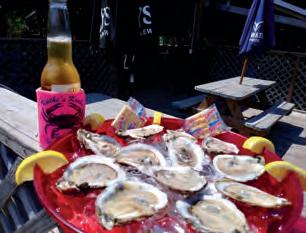






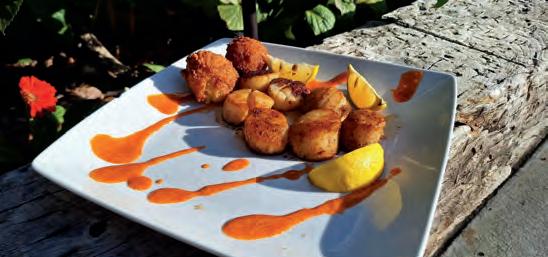




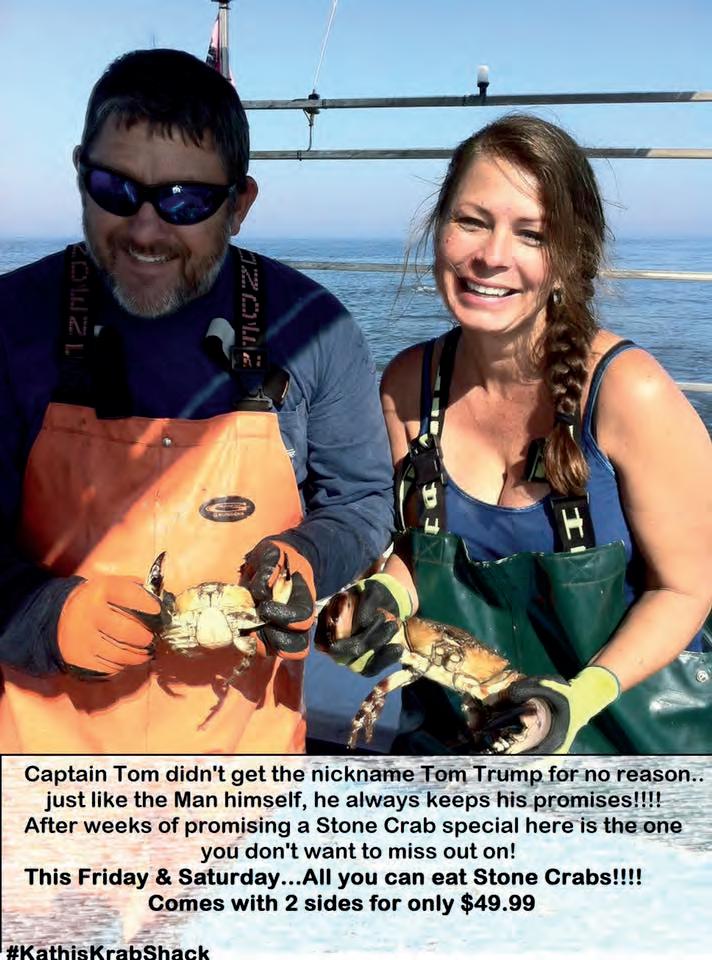


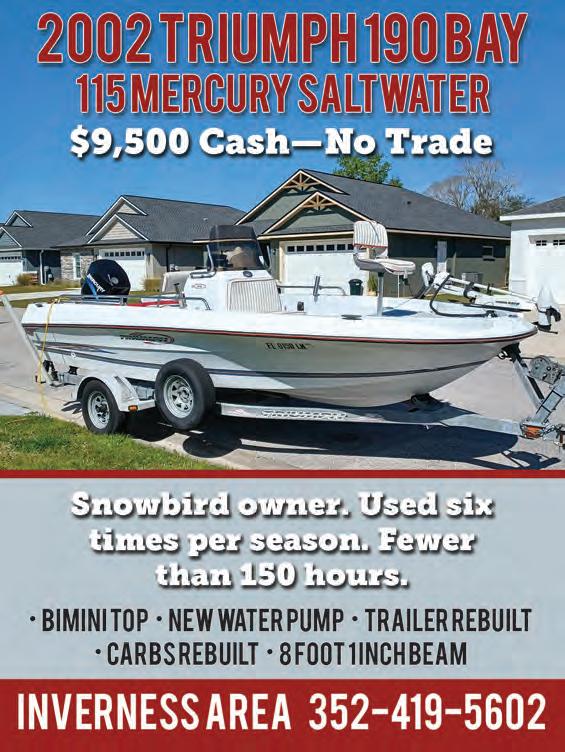








Icanfeel it now, a warm spring breeze with trout and redfish busting bait all around the boat! This past winter was tough, weather-wise, with colder than normal temperatures and much more rain than we are accustomed to in Florida. Hopefully, this spring will bring some great weather as usual, and an even better bite! Redfish, trout, and flounder will be chasing schools of mullet. Cobia and tripletail will be swimming along the beaches…. I can’t wait! The redfish bite will be going off over the next couple of months. There should be a ton of baitfish in the inshore and backcountry areas right now. This time of year, as the old saying goes, “You find the bait, you find the fish.” Look for large concentrations of mullet, and if it’s early in the morning, toss your favorite top-water plug around them. If it’s a little later in the day, go subsurface, and switch to a soft plastic like a Saltwater Assassin paddle tail on a jighead. Redfish will be lurking close by, or underneath the bait pods looking to fatten up, so hit the bait schools hard and get ready to hold on. This is my favorite time of year to hunt down some “gator” trout, and last month, I saw some huge ones laid up in the shallow stuff. Most of the bigger trout come under lower light conditions. Early morning, and then again right before dark, seems to be the best times to target them. Big trout eat big baits, so I like to use a large top-water or sub-surface plug to call them in. If live bait is your thing, a good-sized mullet or big shrimp under a cork will also be a good bet. Just about any deep water with some
structure and current will hold big trout this time year. If you can find a deep hole in a creek or flat, and there’s an oyster bar in there as well, you’ve got the perfect recipe for trout. Also, don’t overlook docks, pilings, and even residential canals.
This time of year, the beach fishing starts to come to life. Cobia will start their annual migration (Or may have already started). When the water gets to be about 68 to 70 degrees, it’s go-time. The cobia will shadow the manta rays, which makes for some really exciting sight fishing. Just remember to be cordial out there, as there is always a bunch of boats chasing them. Approach the rays with as much stealth as possible, and if someone else is casting to fish on a ray, don’t come in on them. There’s plenty around for everyone to get a shot. Right around the same time the cobia start to show, the tripletail will start showing up as well. Any kind of debris, from a weed line to a crab trap buoy, will hold the tripletail. A live shrimp can’t be beat, but I also like to toss a Saltwater Assassin paddle tail at the three-finned fish.
Depending on water temperatures, our tarpon may start to show later this month along the beaches. If the pogy pods are here, you can bet the tarpon aren’t far behind. It’s also worth a peek behind the shrimp boats as the tarpon, sharks, bonita, and just about anything else that swims, will be closely following, looking for a free snack.
Capt. Tommy Derringer
www.InshoreAdventures.net
904-377-3734
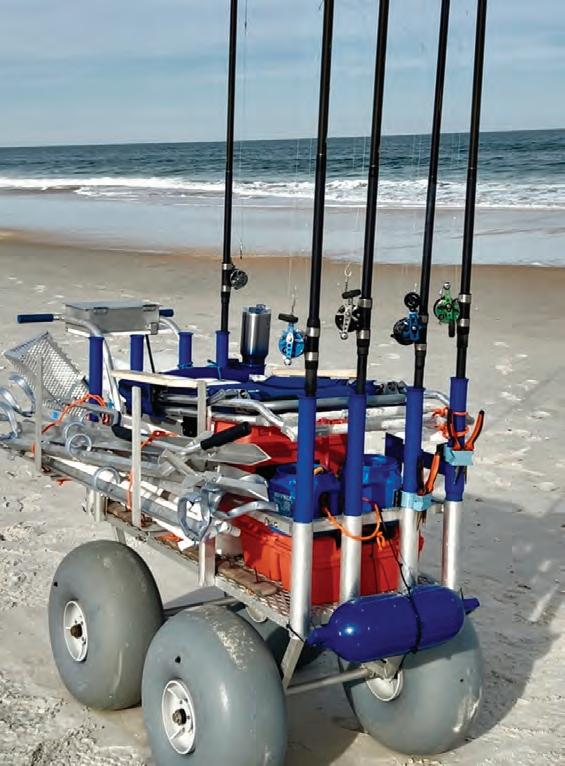
It
is on! If you like to catch pompano and whiting, it is gotime! No more making road trips down south for me this year. These next two months are prime time, because our waters have warmed up. The pomps are following their favorite temperature range of 65 to75. When it warms above that, they will head out to enjoy a cool summer up in North Carolina.
For four decades, I only used the double dropper rig with 2/0 circle hooks. Now, all I use is the Fishing Mortician rig. The big advantage is that if something happens to one of your droppers, like a shark, you can simply add a new dropper. With a conventional double dropper, you are stuck with a one hook rig. Big shout out to my friend Paul Anderson, aka The Fishing Mortician for perfecting this rig. There are several videos showing you how to tie this rig. You can also order them from www. thesinkerguy.com.
When it comes to the right bait, you cannot go wrong with matching the hatch. Your choices are sand fleas, ghost crabs, calico
crabs, clams, fresh shrimp and ghost shrimp. When it comes to Fishbites, my fav has always been Sand Flea. I never go to the beach without some. My favorite hook is the Eagle Claw L192 in 1/0 or 2/0. Where to place the bait? If you have more than one rod, always throw one short. My first six-pound pompano came from an accidental short cast, because two of my other rods were getting slammed. I quickly pitched into thigh deep water on Crescent Beach. As I was cranking in the other two pomps, I heard the short casted rod drag’s screaming. Big fish swim close when they are after a meal! So, get out and get you some of these delicious silver nuggets, aka pompano. If you see the new Lunar Rover on the beach, stop and say, “Hello.”
Noel Kuhn
43 years of surf fishing experience, surf fishing guide and long distance casting coach. Founding member of Florida Surf Casters club. 904-945-0660
www.TheSurfAngler.com









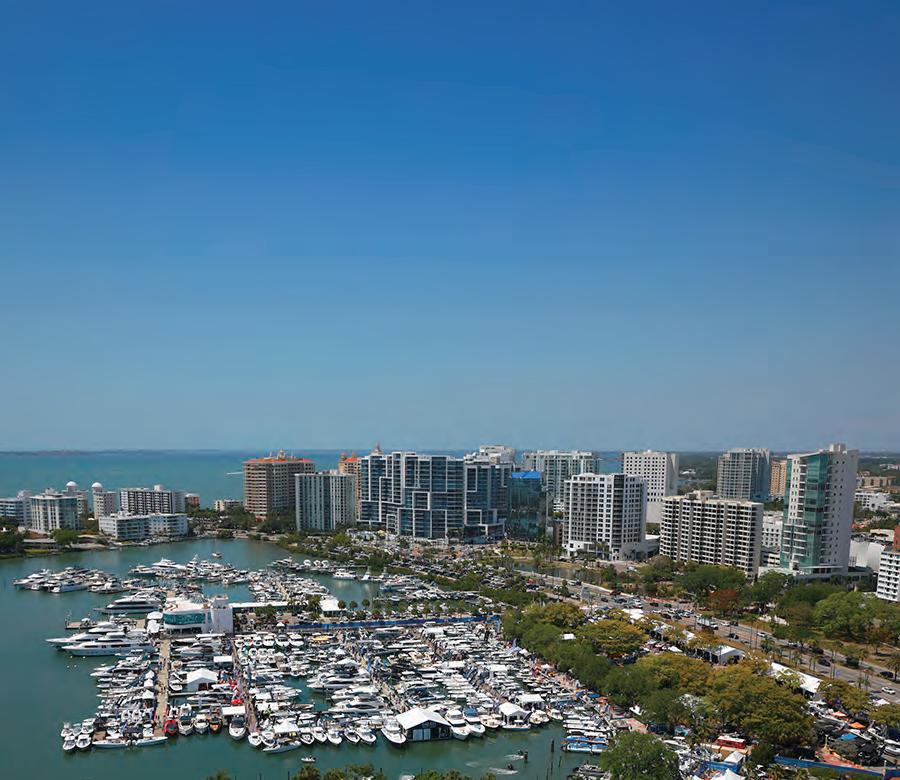

internationally and domestically in the destinations where they host each show.
In Sarasota, Informa’s U.S. Boat Show division partners with Mote Marine Laboratory and Aquarium in a fundraising e#ort and opportunity to put leading-edge ocean conservation science into action today. Donations to Mote Marine Laboratory and Aquarium can be made with ticket purchases for the Suncoast Boat Show.
Tickets for this year’s Suncoast Boat Show must be purchased in advance via the website https://www.suncoastboatshow.com/en/home.html Tickets are $20 and children ages 15 and under are free. Veterans and active-duty military show proof of military service for a free ticket. !e show opens on Friday, April 25 at 10:00 a.m. to 6:00 p.m., continuing Saturday, April 26 from 10:00 a.m. to 6:00 p.m. and Sunday, April 27, 2025 from 10:00 a.m. to 5:00 p.m. at Marina Jack, #2 Marina Plaza, Sarasota, Florida.

April 25-27, 2025 and presents an extraordinary selection of sport power boats and motor yachts in water and on land along Sarasota’s luxurious
e Suncoast Boat Show is hosted by the U.S. Boat Show division of Informa Markets, the exhibitions organizer that owns and operates the world’s leading international boat and yacht events. Integral to a corporate culture of sustainability, Informa U.S. Boat Shows has donated thousands of dollars to support multiple initiatives advocating for environmental preservation,
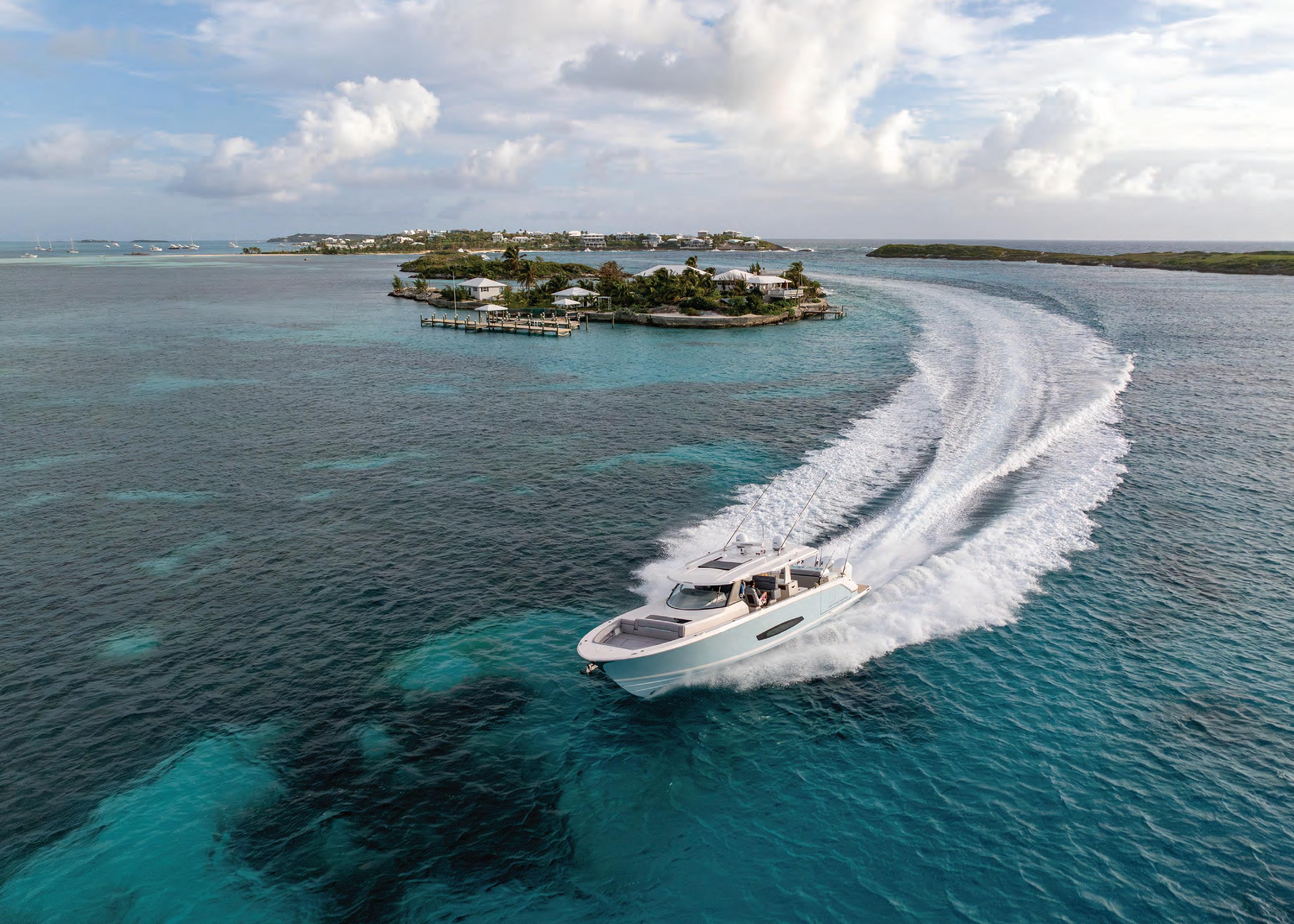
Established in 1955 by Dr. Eugenie Clark, Mote Marine Laboratory is a nonpro t organization working to protect and conserve marine resources. With over
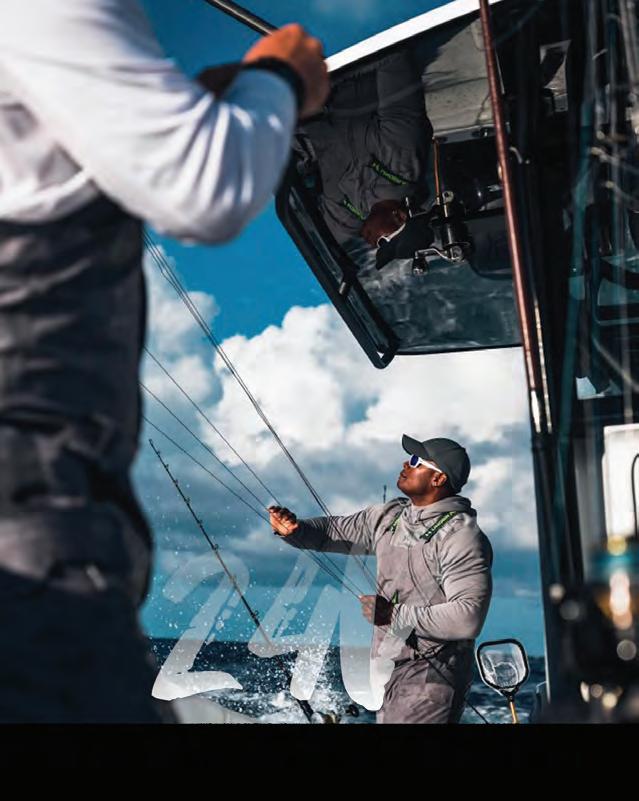
On Saturday and Sunday, well known Sportsman Channel host Captain gives each participant a free rod and reel. Captain Dingman is an expert angler other parents how important it is to spend quality time with their own kids. suncoastboatshow.com. Follow as details are updated on facebook.com/ SuncoastBoatShow; Twitter and Instagram: @suncoastboatshow.









APRIL 25-27


By atch Maguire

Fishing has long been a cherished pastime for millions around the world, o#ering a unique blend of relaxation, excitement, and connection to nature. However, with increasing pressure on aquatic ecosystems, ethical anglers are turning to catch and release shing as a means to enjoy the sport while safeguarding sh populations for future generations. !is practice, when done correctly, provides ecological, educational, and recreational bene ts that extend well beyond the individual angler.
One of the most signi cant advantages of catch and release shing is its role in conserving sh populations. Many popular sh species face threats from over shing, habitat loss, and climate change. By releasing sh back into their natural habitats, anglers help maintain healthy population levels, ensuring that future generations can continue to enjoy the sport.
To maximize the survival rate of released sh, it is essential to handle them properly. Techniques such as using barbless hooks, minimizing handling
time, and avoiding contact with the sh’s gills or slime coat are critical. Tools like rubberized landing nets and sh-friendly dehooking devices further reduce stress and injury, allowing the sh to recover and thrive.
Fish play integral roles in aquatic ecosystems, o$en serving as both predators and prey. Removing too many individuals from a population can disrupt these delicate balances, leading to cascading e#ects throughout the ecosystem. Catch and release shing helps mitigate this risk by allowing sh to return to their environment and continue ful lling their ecological roles. Healthy sh populations contribute to water quality, biodiversity, and the overall stability of aquatic habitats.
Catch and release shing also promotes a deeper sense of ethical responsibility and stewardship among anglers. It encourages a shi$ from viewing shing as purely extractive to appreciating it as an opportunity to engage with nature in a more sustainable way. !is perspective aligns with the principles of conservation-minded organizations, inspiring individuals to advocate for clean water, habitat restoration, and responsible shing practices.
Beyond the ecological bene ts, catch and release shing enriches the overall experience for anglers. Knowing that their actions contribute to conservation can provide a sense of ful llment and purpose. Additionally, the challenge of landing a sh, observing its beauty, and releasing it unharmed adds a layer of skill and respect to the sport. Many anglers report that the act of releasing a sh is as rewarding as catching it, if not more so.
Catch and release shing serves as a powerful teaching tool for younger generations. By involving children and new anglers in this practice, seasoned anglers can instill values of conservation and respect for nature. !ese lessons foster a lifelong appreciation for the environment and encourage responsible outdoor recreation.
In an era where human activities increasingly impact natural ecosystems, catch and release shing stands out as a practice that balances enjoyment with responsibility. By embracing this approach, anglers contribute to the preservation of sh populations, the stability of aquatic ecosystems, and the cultivation of ethical outdoor traditions. Whether shing for sport or relaxation, choosing to release your catch ensures that the thrill of the ght, the joy of connection, and the beauty of nature remain accessible for generations to come.



May 9th & 10th, 2025
Online Registration: MothersDayDolphinTournament.com
Captain’s Meeting
Liechty Marine
Friday May 9th - 6pm to 7pm
Lines In: Saturday, May 10 - 7:30am
Lines Out: Saturday, May 10 - 3:30pm
Weigh-In
Curly’s Co ee
Saturday, May 10th - 3:30pm to 6pm
Awards Banquet
Marathon Yacht Club
Saturday, May 10th - 7pm
Sunday Honor












By A. deGruchy
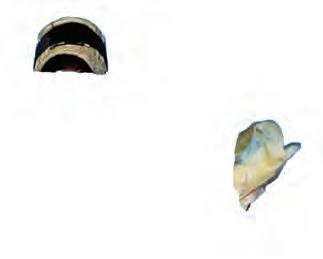
with lessons about life, responsibility, and the pure joy of shing, as well as expecting the unexpected. Fast forward to today, and I nd myself shing alongside my husband, a charter captain in the Florida Keys.
Fishing here isn’t just a pastime; it’s a way of life. From pulling in powerful Snook to chasing Sail sh on the edge of the reef, every trip o#ers new adventures. My husband and I share a love for shing, and I’ve learned so much about professionalism from watching him do his thing. Whether guiding seasoned anglers or teaching rst-timers, his patience, expertise, and enthusiasm shine. It’s a reminder that professionalism isn’t just about skill, it’s about how you treat people and create unforgettable experiences.
It’s been amazing to see more women embracing shing, from young girls joining family trips to seasoned anglers outpacing the boys on the boat. Even more inspiring is the rise of female captains and mates, rewriting the narrative and proving that grit, determination, and passion know no gender.
Fishing has always been about more than just the catch, it’s about family, adventure, and forging connections, both with the people you’re with and the water itself. Watching women claim their space on the water, competing and winning in major tournaments, and stepping into categories once dominated by men is a powerful reminder of how far we’ve come. Women are now sharing the joy of shing with their partners, landing incredible catches together, and showing that this sport is for everyone. !e waves we’re making are just getting started, and it’s inspiring to see skill and love for the ocean take center stage.
Fishing has long been a tradition passed down through generations, o$en painted as a male-dominated pursuit.
But like the tides, things are changing. Women are stepping aboard boats, rigging lines, and reeling in trophies, proving that the waters are open to everyone. As someone who grew up with a shing rod in hand, I’ve seen this transformation rsthand, and it’s inspiring.
My journey into shing began thanks to my dad. He was the one who introduced me to shing. !ose early days were lled

So here’s to the women who sh, lead, and inspire. May your lines be tight, your horizons wide, and your stories endless.
Whether you’re a seasoned angler or a rst-time sher, let’s create memories together. Book your trip now at www.beansport shing.com and experience the thrill for yourself!
Be sure to follow Astrid’s adventures on Instagram, @catching_astrid and @bean_sport shing.



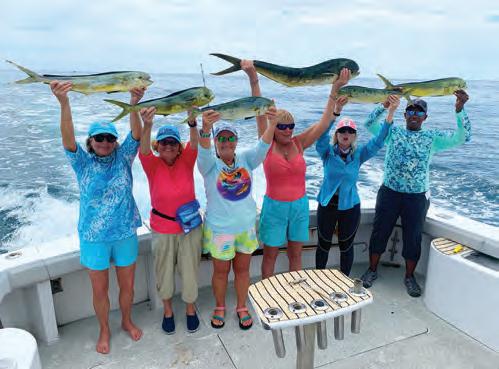


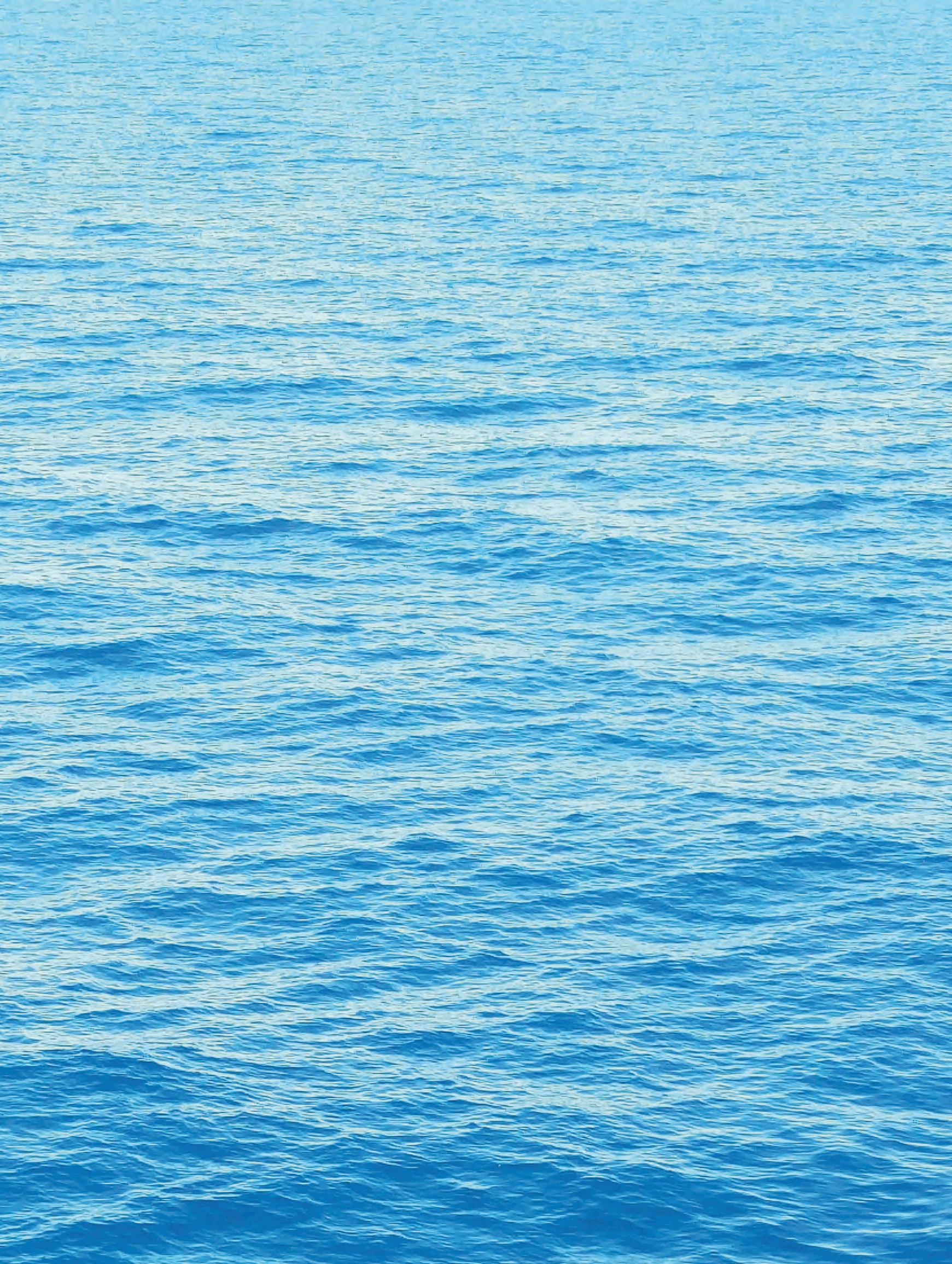



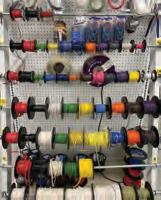







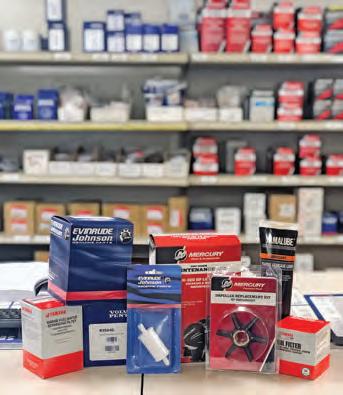








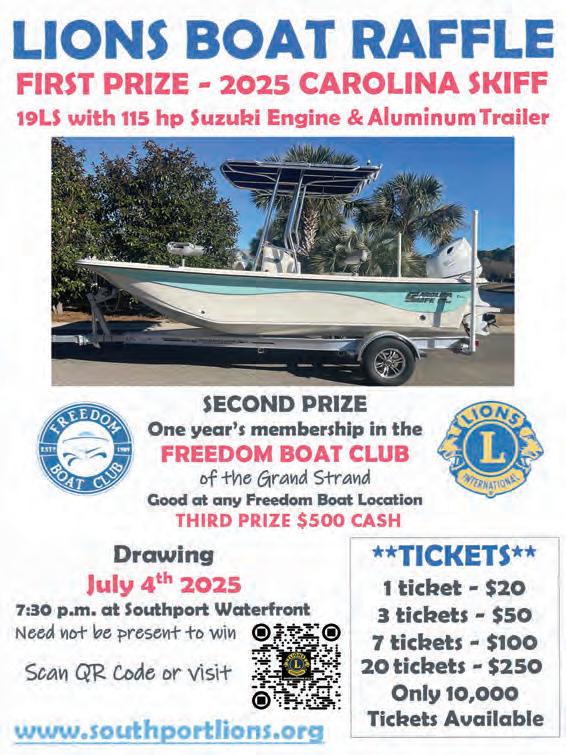

By
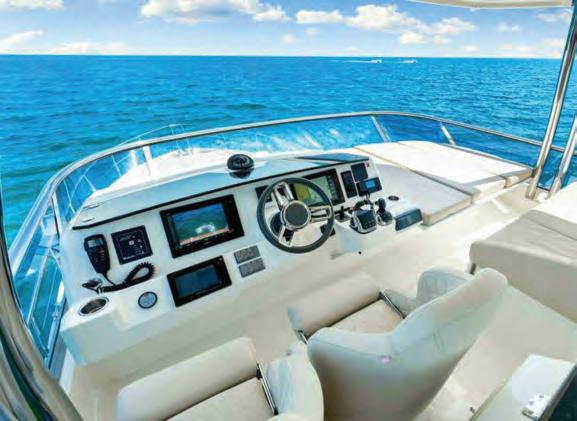
The recreational shing industry is on the brink of a technological revolution, with autonomous boating emerging as a transformative force. While self-driving cars have dominated headlines, the development of autonomous boats is quietly reshaping how anglers approach their favorite pastime. !ese advancements promise to enhance safety, e ciency, and accessibility, potentially changing the way people experience shing forever.
One of the most signi cant bene ts of autonomous boating in recreational shing is the ability to optimize navigation. Advanced GPS and AI-driven systems can analyze weather patterns, water conditions, and sh activity to chart the best possible routes. Instead of relying solely on experience or guesswork, anglers could have boats that take them to the most promising shing spots with precision. !is technology reduces the time spent searching for sh and maximizes the chances of a successful outing.




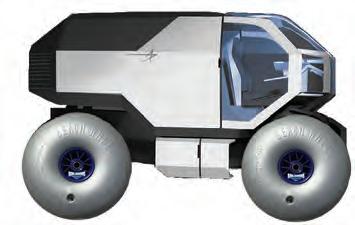


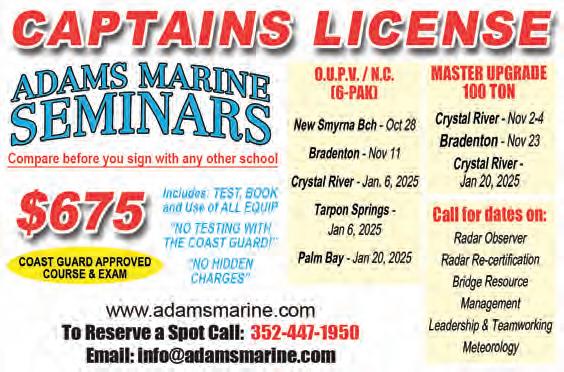
Bradenton - May 12
Clearwater - Jun 2
Tampa/Brandon - Jun 16
Crystal River - July 7 Palm Bay - July 7
Crystal River - May 10-12
Bradenton - May 24-26
Palm Bay - July 19 – 21
Safety is another critical aspect that autonomous boats could improve. Many shing accidents occur due to human error, whether it’s navigating unfamiliar waters, dealing with sudden weather changes, or simply losing focus. With AI-driven controls, boats could automatically adjust speed, avoid obstacles, and even return to shore if conditions become too dangerous. !is level of automation provides an added layer of security, especially for solo anglers who might face emergencies without immediate help.
Accessibility is another area where autonomous boats could make a profound impact. For many, operating a traditional shing boat requires skill, physical e#ort, and extensive knowledge. !ose with limited mobility or minimal boating experience o$en face challenges when trying to enjoy shing on the water. Autonomous technology could allow more people to participate by simplifying the boating experience. With user-friendly controls or even remote operation via a smartphone app, individuals of all backgrounds and abilities could enjoy shing without the steep learning curve associated with traditional boating.
!e integration of smart shing technology into autonomous boats could further enhance the angling experience. Innovations like underwater imaging, automated bait deployment, and real-time sh tracking are already making their way into modern shing gear. When combined with an autonomous vessel, these tools could provide an unprecedented level of e ciency. Imagine a boat that not only takes you to the ideal shing location but also adjusts its position based on sh movement, current ow, and water depth. Such advancements could make shing more productive and enjoyable than ever before.
Despite the promising future of autonomous boating in recreational shing, challenges remain. !e cost of developing and maintaining this technology is still high, potentially limiting accessibility for the average angler. Regulatory concerns also pose hurdles, as governments and maritime authorities must determine how autonomous boats t within existing laws. Additionally, traditionalists in the shing community may resist the shi$ toward automation, arguing that it takes away the skill and personal connection that make shing special.
As technology continues to evolve, autonomous boats will likely become more sophisticated, a#ordable, and widely accepted. Just as GPS revolutionized navigation and sh nders improved catch rates, AI-driven boats have the potential to rede ne the recreational shing experience. While the transition may take time, the possibilities are endless, and the future of autonomous boating in shing looks
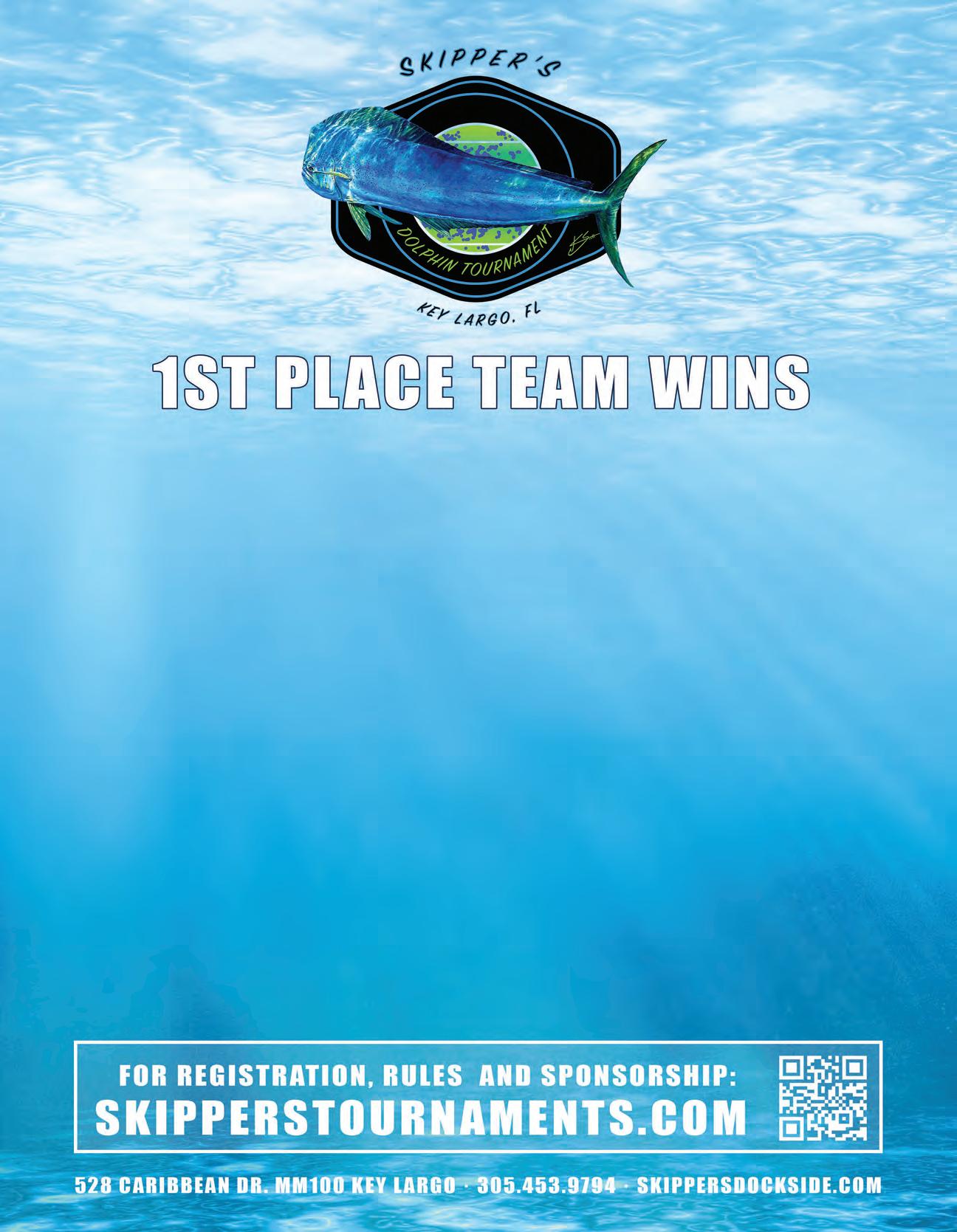




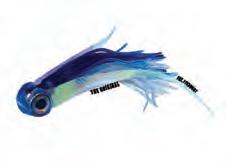

The National Pediatric Cancer Foundation (NPCF) created “Fishing Funds the Cure” to raise awareness and funds for crucial research. Each year, they unite corporate partners, passionate anglers, and dedicated supporters for Fishing Funds the Cure Tournaments through an activity that everyone loves. ese exciting inshore and freshwater shing tournaments are held in beautiful locations like St. Pete Beach and Sarasota, Florida, San Juan, Puerto Rico, and more. Each event, thoughtfully designed to engage supporters, features a kick-o celebration, angler swag bags, an awards dinner and a silent auction, all dedicated to making a meaningful impact.
NPCF organizes these events to blend the universal love for shing with an important cause. eir mission is to conduct research leading to less toxic and more therapeutic treatments for children with cancer, and are committed to making a di erence in a system that o$en neglects our children. Despite their bright futures, only 4% of government funding for cancer research supports pediatric initiatives, highlighting the urgent need for advocacy.
NPCF has made remarkable progress and is recognized as the nation’s leading solution, delivering rapid, innovative, and e%cient science
through a collaborative network of 40 hospitals. Operating independently of pharmaceutical and government funding, with eight institutions noted in the “Top 20” by US News, they have invested over $40 million in translational studies and clinical trials. NPCF currently have 30 studies and 11 active trials:
• A new drug compound – which could be the 11th drug utilized to treat children
• Blood bio-marker study – which could be a prevention indicator for relapse patients
• A rare disease trial addressing “rhabdomyosarcoma”
• Multiple combined immunotherapy trials to include a potential vaccine
• NPCF has also authorized the “ rst-ever” education toolkit – provided to pediatric cancer families
• ey are also developing treatment guidelines for relapse patients
If shing is your passion, NPCF invites you to channel that enthusiasm toward a worthy cause. Join them at one of their tournaments, organize your own fundraising event, or take on their “43 Challenge” to honor the 43 children diagnosed

with cancer every day. You can easily start by using NPCF’s online fundraising tool, challenging 43 friends to sh, and encouraging them to donate $43.
e National Pediatric Cancer Foundation is proud to be a top-rated charity, with 89% of every dollar donated directly supporting research. To learn more, visit NationalPCF.org.
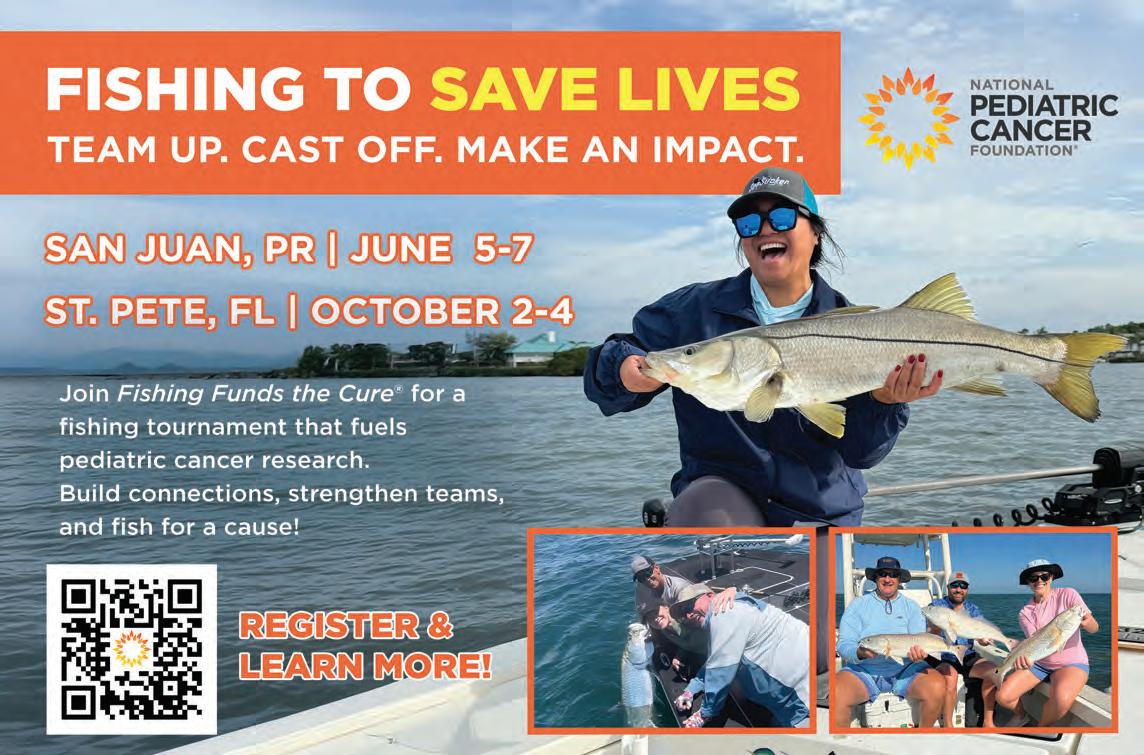
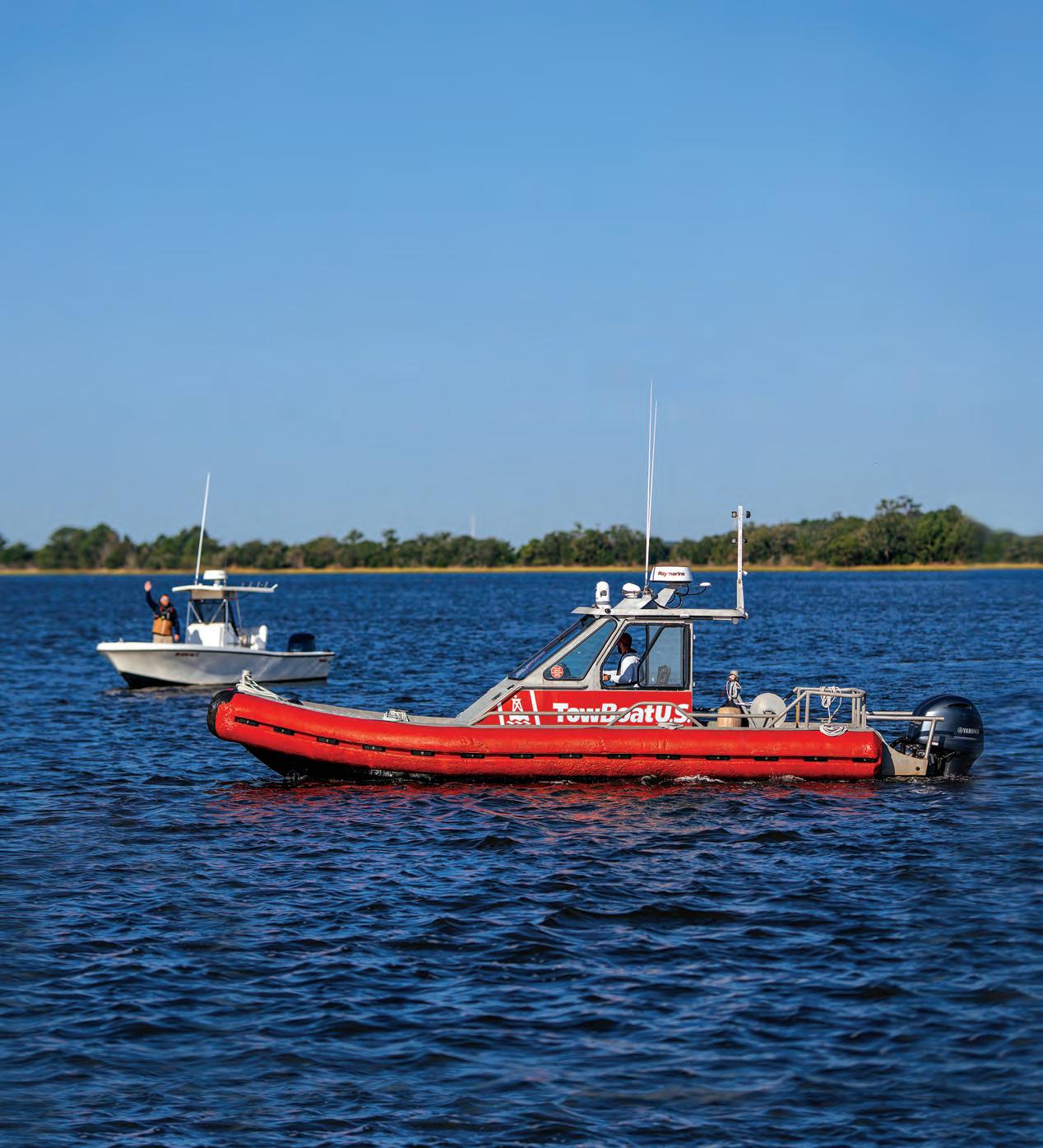




The month of April is when the real change comes around. For a number of reasons, April can be a game changer. Just for starters, we have made it out of the month of March and the “Gales of March.” !e temperatures will rise, the daylight hours will be longer, and the urge to spawn will get stronger for a lot of species.
!e pelagics will be on the march up the coast headed north, and I have taken a much di erent approach to shing in general, but especially for the pelagics. Sure, we may troll for a short period in the morning to mark some bait and/or productive bottom holding sh like African pompano, big snapper and grouper, but trolling will quickly stop and dri$ing and/ or %ying the kite will begin as the sun rises in the sky. As the title of the article suggests, we have either stopped on the way out or will start to work with the Sabiki right away.
!is is the key: when you have the live bait, you get the bites. Don’t hesitate to bring bait from the dock like pin sh, menhaden, etc. to use as light-line kite bait or bottom bait. Sometimes it’s just easier to pull up beside the bait barge and exchange some green for sardines, cigar minnows, goggle eyes, etc., so you can just get on with getting to where





Tim Barefoot

you’re going and start shing right o the bat. When you nd a good mark of bait, and hopefully bottom structure, the stage is set. Put the kite %oats, tackle or freelines out and start sending the jigs to the mid or lower water
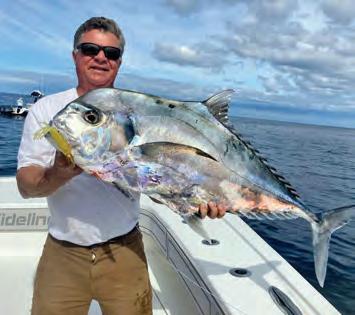
column, and even to the bottom. Of course, I like a natural looking squid jig you can cast to breaking sh that’s heavy enough to sh in the mid to lower water column or a few hundred feet deep when needed on the bottom. the
entire time you were harvesting sh on the jig pay attention to the free line or %oat baits and keep some chum going if possible. !is is a great way to bring the sh to you. !ey will de nitely come to the chum.
As always, I would pay attention to the amount of noise you make. Don’t let cooler lids slam down or hard objects hit the deck; this will send a soundwave hundreds of yards away from the boat telling the sh something isn’t right. If you’re dri$ing quietly with a chum slick out and beautiful live baits, you have a recipe for success!
!is is a great time of year to catch that African pompano of a lifetime in 150- to 250foot range as they are ready to break up into smaller schools for spawning. Again, I like a squid-type jig because it is the primary food source for the African pompano. It is the bulk of their diet according to the experts. And it’s not just African pompano; everything out there, without exception, eats a squid. !is is a great way to catch big snappers as well. Pull up to where the marks are, make a dri$ and repeat as o$en as needed. A trolling motor upfront can slow the dri$ nicely, keeping your boat forward in the wind with the kite bait or %oat, and baits behind the boat very manageable.
And be sure to keep an eye on the recorder to know where to keep the jig in front of sh.
For more info on the squid jig and dri ing, check out Tim Barefoot’s YouTube channel and website, barefootcatsandtackle.com.
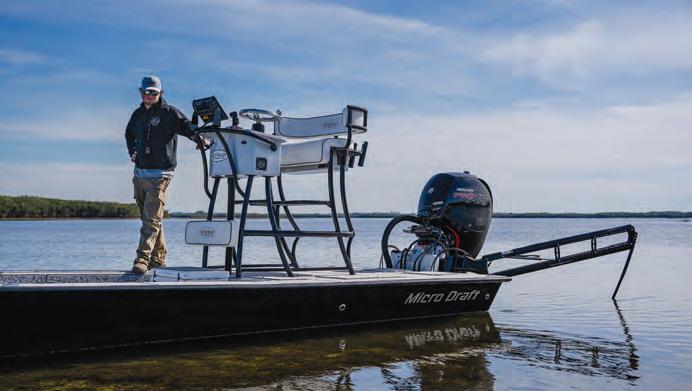





It was a warm summer afternoon and my wife and I were mingling with the best of them. The occasion was a 1920s-themed party, and everyone was dressed to the nines. Parked on the manse’s circular driveway was a beautiful classic convertible. It was here that I got the idea for our new 1920s Retrograde Watch.
Never ones to miss an opportunity, we carefully steadied our glasses of bubbly and climbed into the car’s long front seat. Among the many opulent features on display was a series of dashboard dials that accentuated the car’s lavish aura. One of those dials inspired our 1920s Retrograde Watch, a genuinely unique timepiece that marries timeless style with modern technology.

With its remarkable retrograde hour and minute indicators, sunburst guilloche face and precision movement, this design is truly one of a kind. What does retrograde mean? Instead of displaying the hands rotating on an axis like most watches, the hands sweep in a semicircle, then return to their starting point and begin all over again.
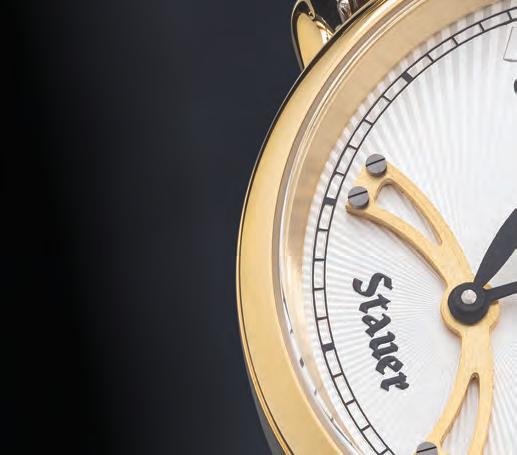
Retrograde watches by the big brands can set you back thousands; one recent offering from a big French fashion house is selling for more than $150,000! But because we’ve designed the 1920s Retrograde Watch in-house, we can offer it to you for just $99!
This watch is so wildly popular with our customers that we’re actually concerned about running out; we only have 937 729 left for this ad!
Join more than 1 MILLION smart people who love stauer watches

Watch Specifications:
• Precision movement
• Stainless steel case, caseback and crown
• Retrograde hour and minute indicators
• Water-resistant to 5 ATM




• Brown genuine leather band
• Fits wrists up to 8"
1920s Retrograde Watch
$399 $99* + S&P Save $300

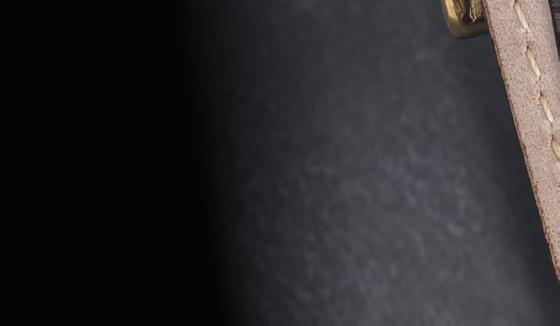
*Special price only for customers using the offer code.





“An elegant and exciting timepiece that every collector will love.”
— George Tomas, internationally renowned watch expert



“[A] unique and beautiful timepiece.”
— Carlos C., Los Banos, CA





By Don Norton
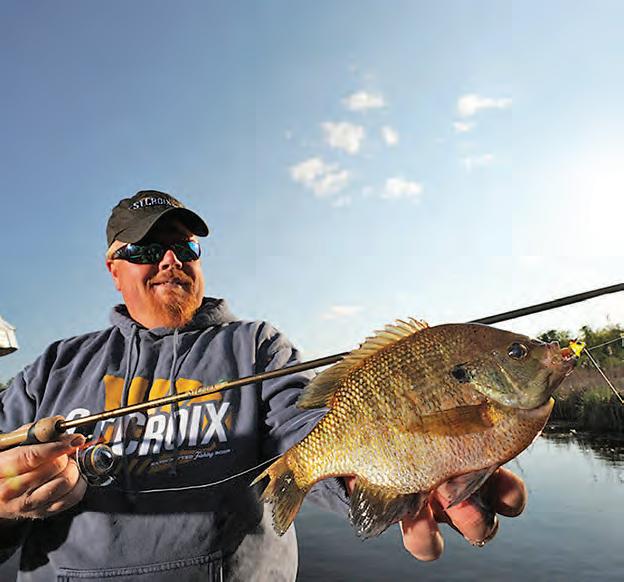
Most anglers think of Lake Okeechobee, Florida, and many other great shing lakes as a destination for largemouth bass. And they truly are. But for those in the know, “Lake O” boasts some of the greatest bluegill shing you’ll nd anywhere in the country.
!is is the time of the year—April and May—that bluegill anglers look forward to all year long. !is is when the feisty, hard- ghting pan sh begin their annual spawn. !eir popularity is unmatched with young and experienced anglers looking to test their light line and tackle.
While bluegill is a single species (Lepomis macrochirus), it is sometimes categorized into three subspecies: the northern bluegill, the coppernose
bluegill, and the southwestern bluegill.
To add to the confusion, redear sun sh and bluegills, both belonging to the sun sh family, are easily confused, but can be distinguished by the red or orange coloration around the redear’s operculum (gill %ap), while bluegills have a dark blue to black operculum. Redear sun sh typically grow larger than bluegills, but are o$en caught in the same area, as are coppernose bluegill.
Bluegills are so plentiful that many anglers come to Lake Okeechobee every year just for them and go home with coolers full of their tasty lets. !e daily limit is $y pan sh per angler, and that’s not a hard number to reach when the season is in full swing.
Bluegills can be caught year-round, but when they come into the shallows to spawn, they become a much easier target. Many anglers will test their skills with a %yrod and small popper, while others will use live bait, light line, and tackle—and even bamboo cane poles!
On average, bluegill typically range from six to eight inches in length, although some can grow up to 10 to 15 inches. Nine inches is considered a decent keeper in the “Big O.”

To rig for bluegill, use a small hook (size 8-10) with a light line, a small split shot a few inches above the hook, and a bobber set to suspend your bait near the bottom; commonly used live baits include small worms, waxworms, or crickets, and you can also try small jigs or tiny so$ plastic baits depending on the situation and water depth.
When it comes to the time of day that produces the best bluegill shing, many anglers recommend early evening. As the sun begins to set, waters tend to calm down and %ying insects quickly become a big part of the menu.
But during the spawn, bluegills can be caught all day long.

Finding the beds is relatively easy. Just look in shallow water, 5-foot deep or less for small circular divots in the sandy bottom. !ese “beds” will o$en be close together and will sometimes number in the hundreds.
!e world record bluegill—a sh weighing 4 pounds, 12 ounces— was caught in 1950 in Ketona Lake, Alabama with a cane pole and common worms.
Don Norton is Co-Publisher of Coastal Angler Magazine’s Okeechobee edition. Contact him at (863) 273-4998 or don@theanglermagazine.com.











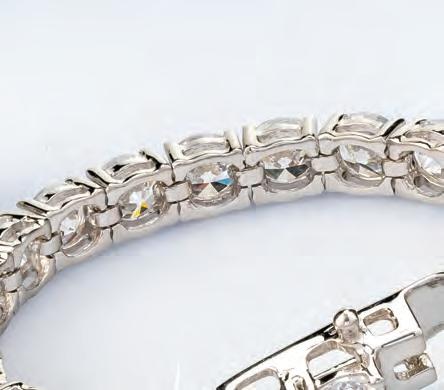


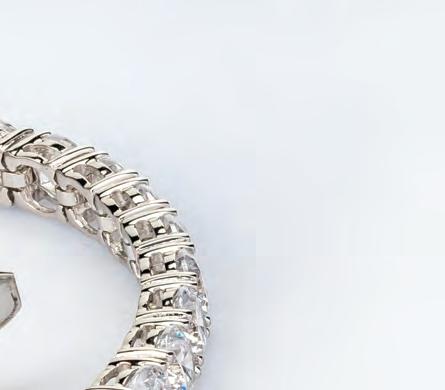

Praise for DiamondAura®
“So much sparkle and the play of light on DiamondAura® beats any diamond!” — D.D. from Columbus, OH
A classic tennis bracelet serves up over 10 carats of sparkle for a guaranteed win
It was the jewelry piece that made the world stop and take notice. In the middle of a long volley during the big American tennis tournament, the chic blonde athlete had to stop play because her delicate diamond bracelet had broken and she had to fnd it. Te tennis star recovered her beloved bracelet, but the world would never be the same.
From that moment on, the tennis bracelet has been on the lips and on the wrists of women in the know. Once called eternity bracelets, these bands of diamonds were known from then on as tennis bracelets, and remain the hot ticket item with jewelers.


with D Flawless diamonds from another company that costs $57,000!
Want to look like a million bucks without stressing over losing or damaging something that cost you a fortune? Te Love Wins Tennis Bracelet is a simple strand of glittering gems in precious sterling that epitomizes elegance.
FREE earrings with your purchase of the Love Wins Bracelet.

Te frst time we ofered this bracelet, we sold out literally in minutes. It was our fastest selling product of 2021. It took six months to get it back in stock — Get yours before we run out!
And there’s more... we will also include our Ultimate Diamond Alternative™ DiamondAura® stud earrings for FREE!
Jewelry Specifcations:

• 10 ¾ ctw of the Ultimate Diamond Alternative®, DiamondAura®
• Rhodium-fnished .925 sterling silver settings
• Bracelet: Fits wrists to 7 ½". Earrings: 1 ctw with post backs


We’ve captured this timeless classic with over 10 total carats of DiamondAura®, our signature diamond alternative stone. Tis sparkling marvel rivals even the fnest diamonds (D Flawless) with its transparent color and clarity, and both are so hard they can cut glass. Don’t believe me? Te book “Jewelry and Gems – Te Buying Guide,” praised the technique used in our diamond alternative DiamondAura®: “Te best diamond simulation to date, and even some jewelers have mistaken these stones for mined diamonds,” it raved. For comparison, we found a similarly designed 10 carat tennis bracelet
Love Wins Tennis Bracelet (10 ¾ ctw) $399 $39* + S&P
FREE stud earrings (1 ctw) with your purchase of the Love Wins Bracelet — a $99 value!
*Special price only for customers using the offer code.

Your Offer Code: LWB343-02
TYLER WOOLCOTT

ne of my all time favorite times of year to fish with one of the most fun ways to catch a bass. The spawn and post spawn feed is here for most of us in the south and it won’t be long for many others in the other parts of the country. There is a plethora of ways to catch these bass, but my all time favorite for getting bit and drawing in a big one is a hollow body popping frog.
A popping frog can be used as an incredible search bait, duplicating many different baitfish depending on where you throw it and what color you tie on. There are many different options out there, but I try to duplicate the baitfish forage in the particular lake I am fishing on. Sometimes I will stick to a frog that may imitate a bluegill, and sometimes I throw a color that would imitate a shad. Finding a frog that pops well, has good colors, and a big hook is a few things that need to check the boxes for me. The Gambler popping frog is good and so is the Spro.
When I throw a frog as a search bait, I like to work it faster than most. Cover as much water as possible until you put a pattern together on what exactly the fish are focusing on. That’s the magic of a frog; you can literally throw it around everything! Docks, lay downs, grass and down banks are just a few of the targets I would look for. Once you locate a group of fish or find that right area that they are using you can slow down and pick them off a little slower. I have noticed sometimes there isn’t a “too fast” while working a popping frog.
A couple things that I look for this time of year are areas with active fish spawning, fry guarding bass, and also fish roaming the banks feeding on bluegill. This is something that is very predictable and an awesome way to catch big ones when you get around it. Typically, if you know of a few areas that the fish had previously spawned, these patterns will be occurring in the same areas. I throw a bluegill pattern popping frog because the bluegill will typically be a fish that chase their fry and a fish that drives them crazy this time of year.
Another pattern that you might want to keep your eyes out for is a shad spawn. This usually occurs in the mornings and in the evenings and can be a way to catch a bunch of fish in a hurry. We typically look for birds feeding on banks while running down the lake; you find the birds, you find the bait! A white popping frog or a baitfish color is typically my choice in this situation as a lot of times these fish are so keyed in on the baitfish that you’ll want to match the hatch.

A popping frog can work all year long, but this time of year I think it excels the greatest. It’s an incredible search bait that really drives these fish crazy, and who doesn’t like catching fish on a topwater with heavy line and a heavy rod? Grab a popping frog and go catch some big bass! Frog Fishing Gear: Typically when throwing a popping frog you will be around some heavy cover and need to have some big hooks to get through the fish’s mouth. This calls for a heavy rod, some big line and a fast-geared reel. I like to throw a 13 Fishing 7’4H Myth rod paired with a Concept A 8.3 reel spooled up with Sufix 832 50 lb. braid. This setup will allow you to get the fish out of the heavy cover and into the boat.
Tyler Woolcott is a professional tournament angler and guide. Check out his website at www.tylerwoolcottfishing.com.

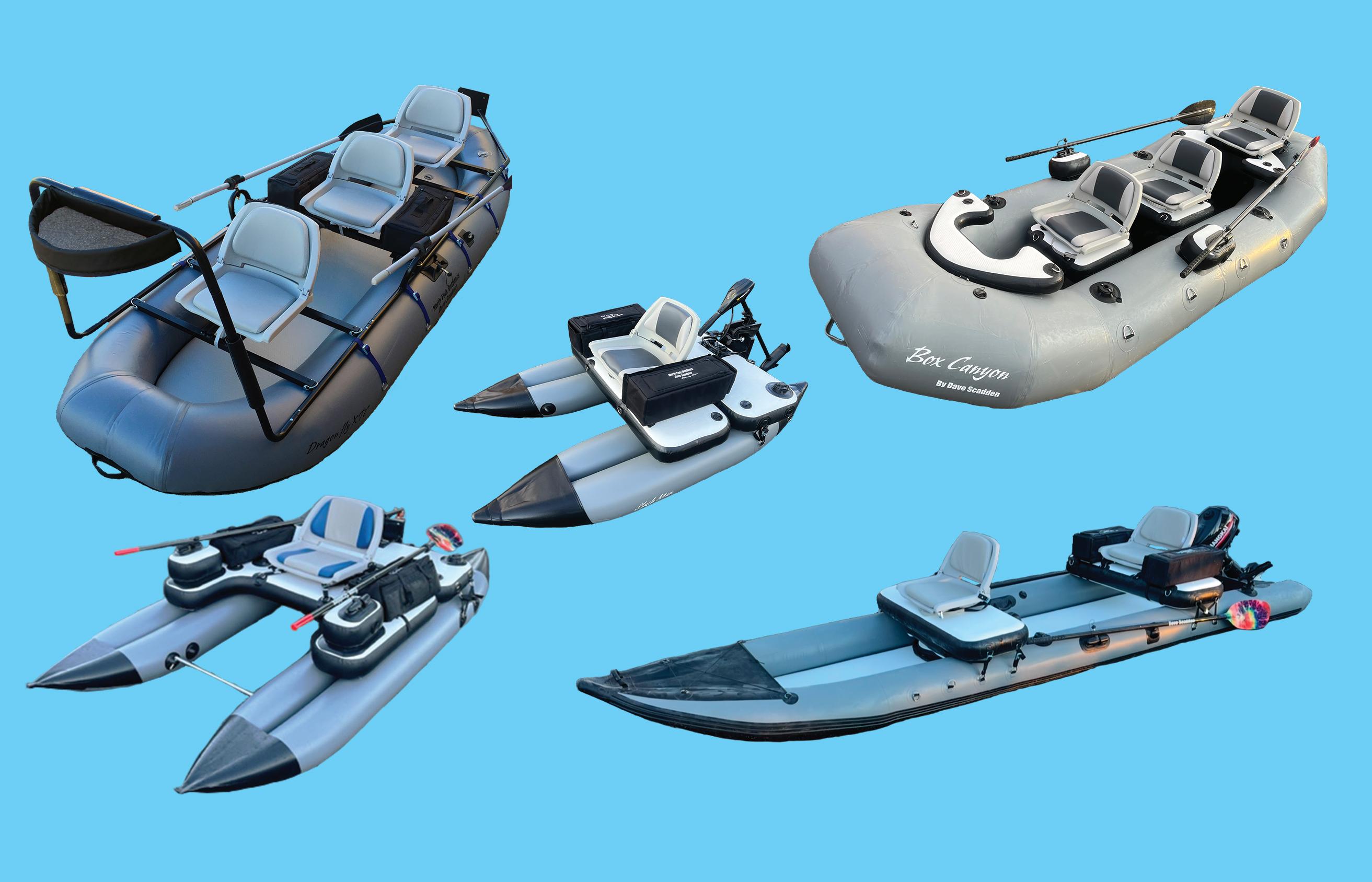





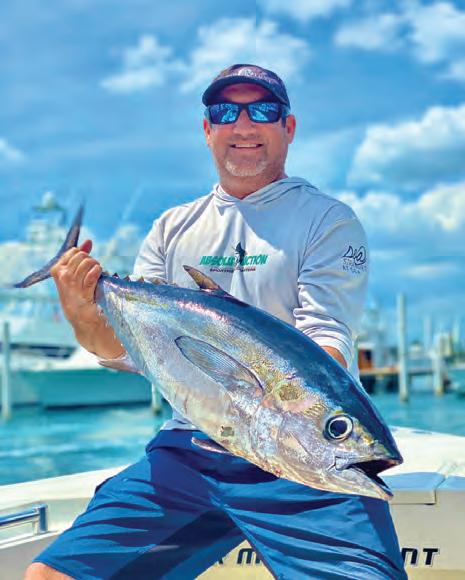







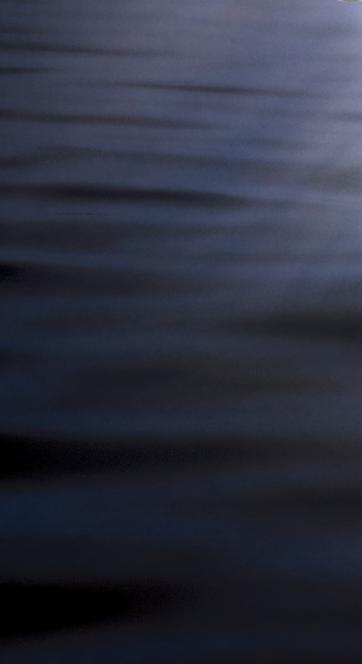




You’re looking at it! Furuno’s award-winning Radar gives you clarity & target separation like no one else. Don’t take our word for it. See for yourself. Scan here, and we’ll show you! DRS4DNXTDRS6ANXT




